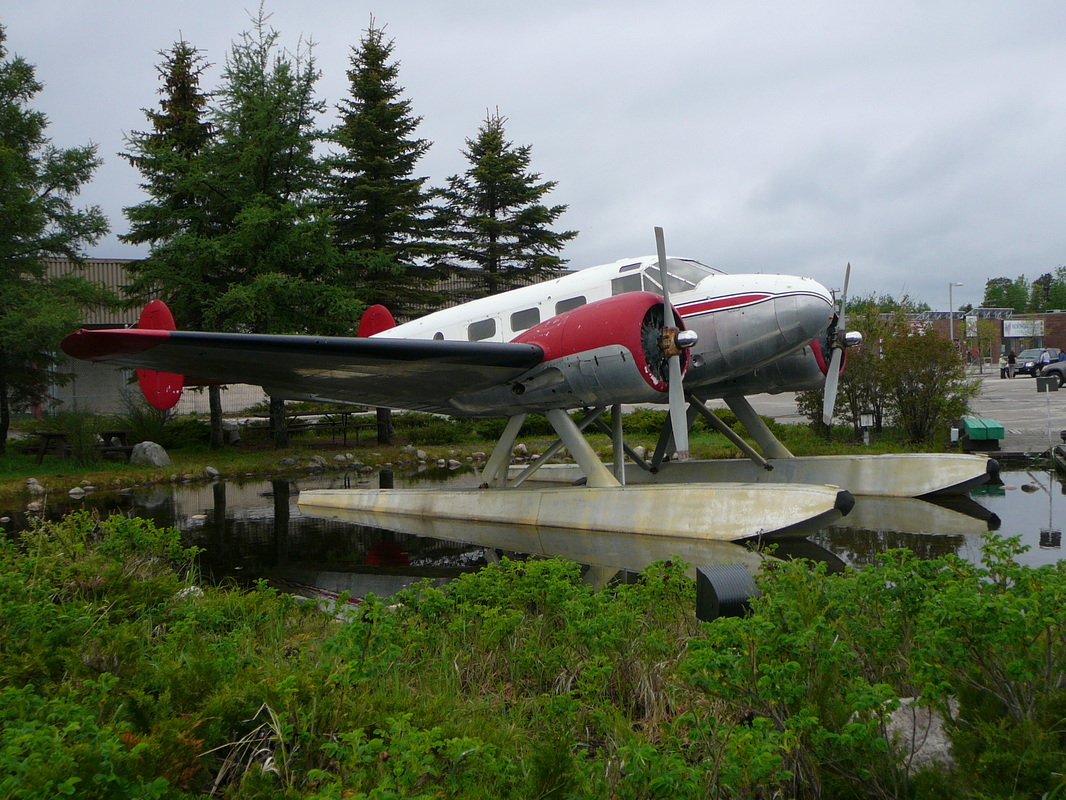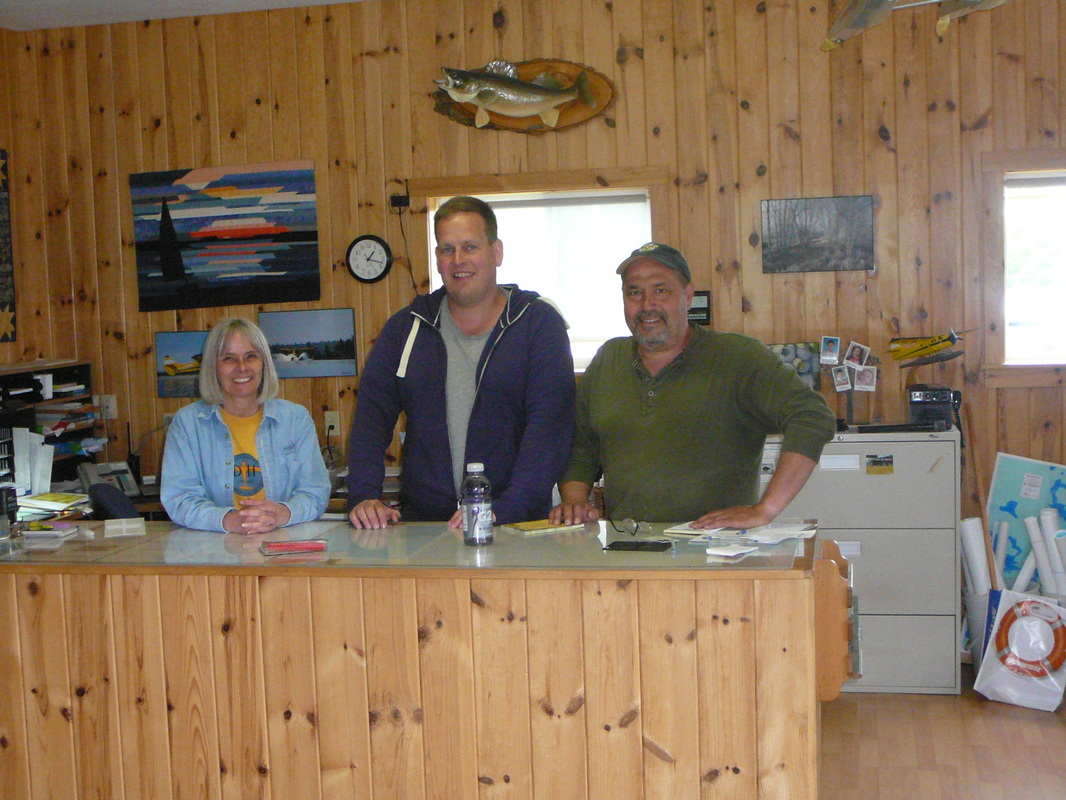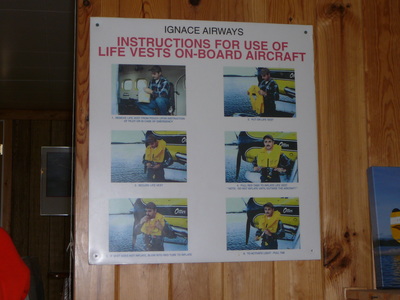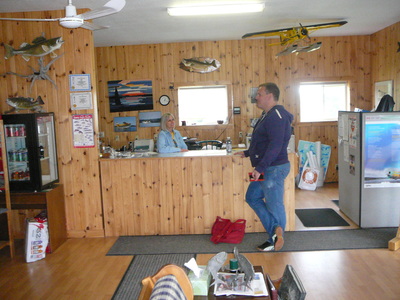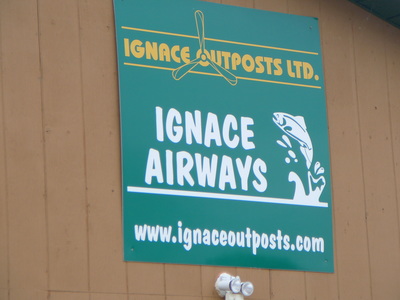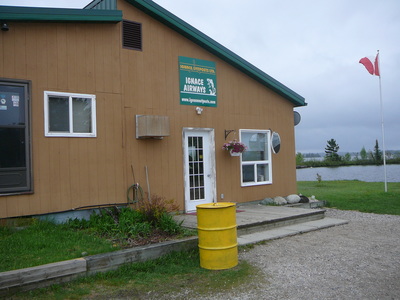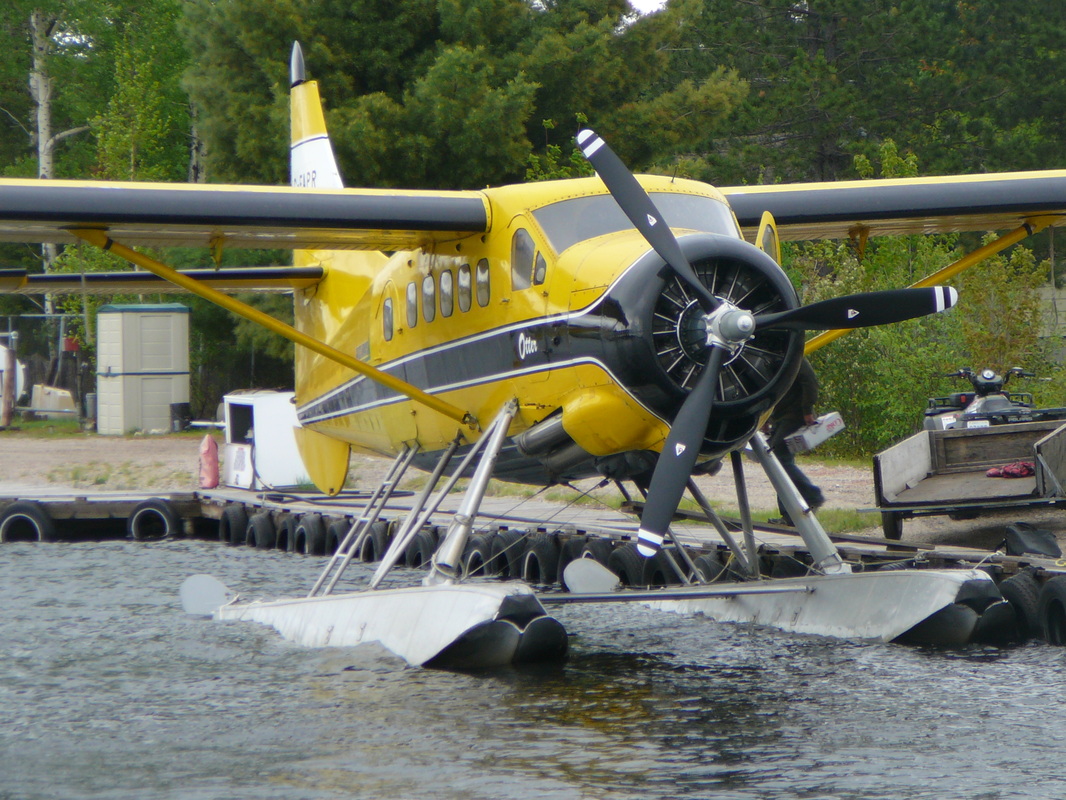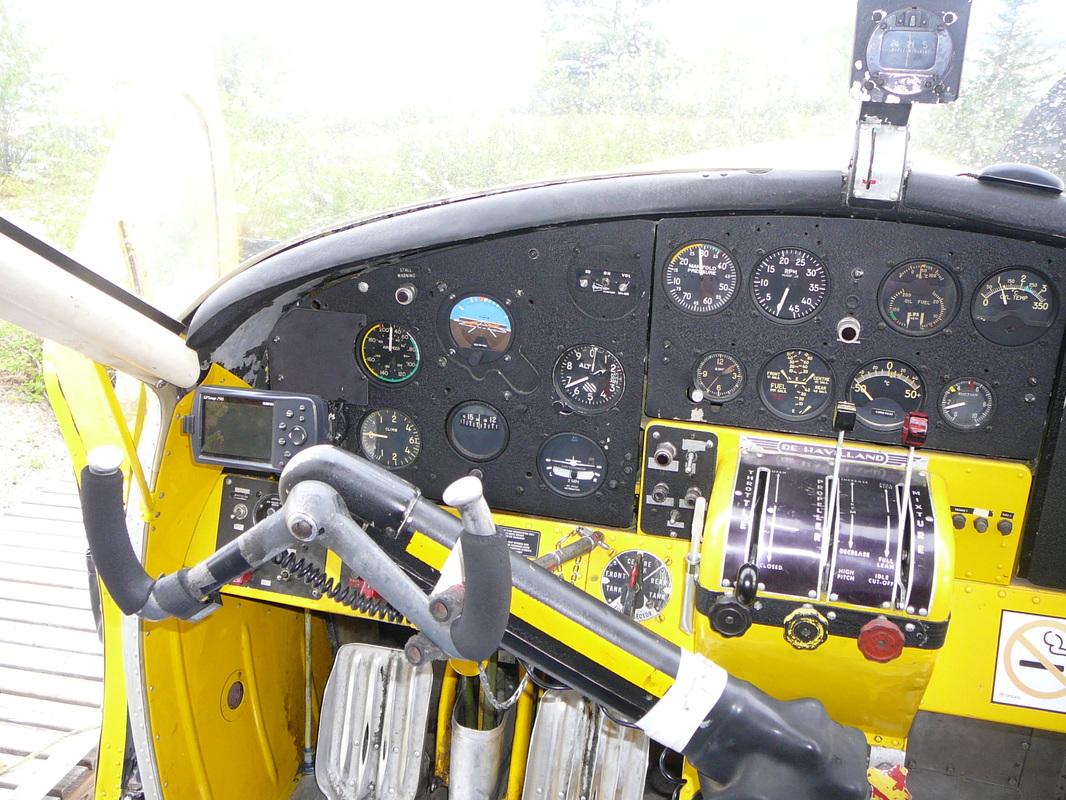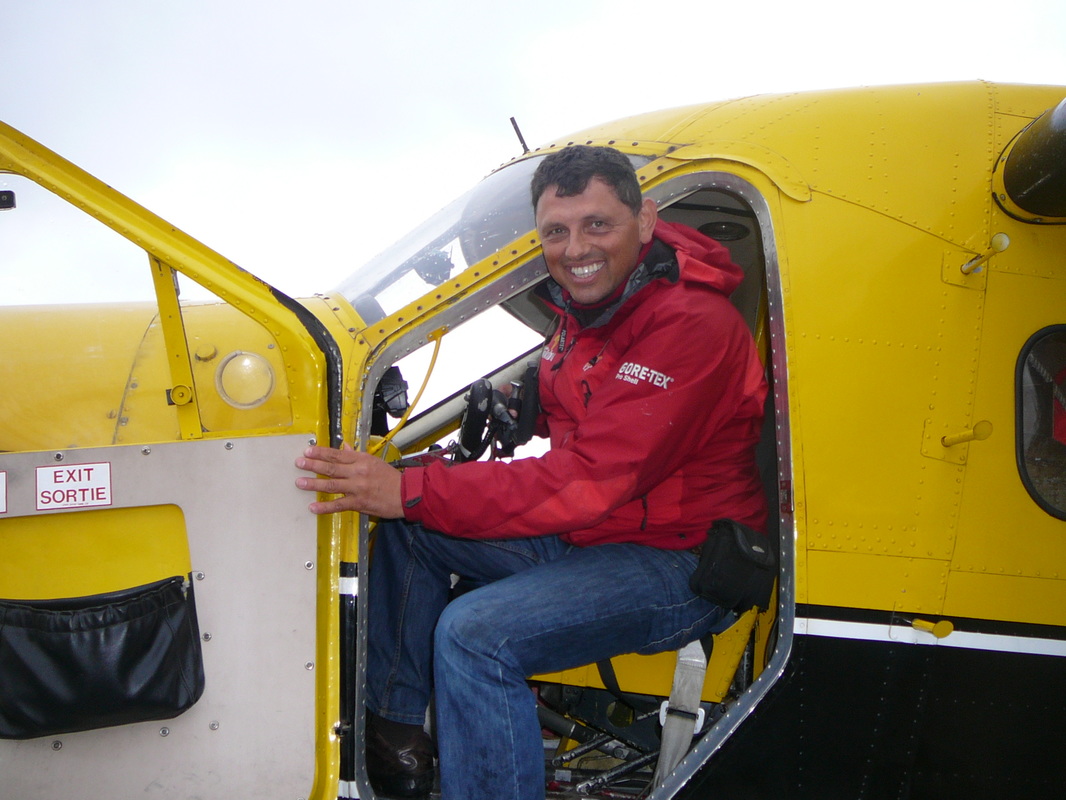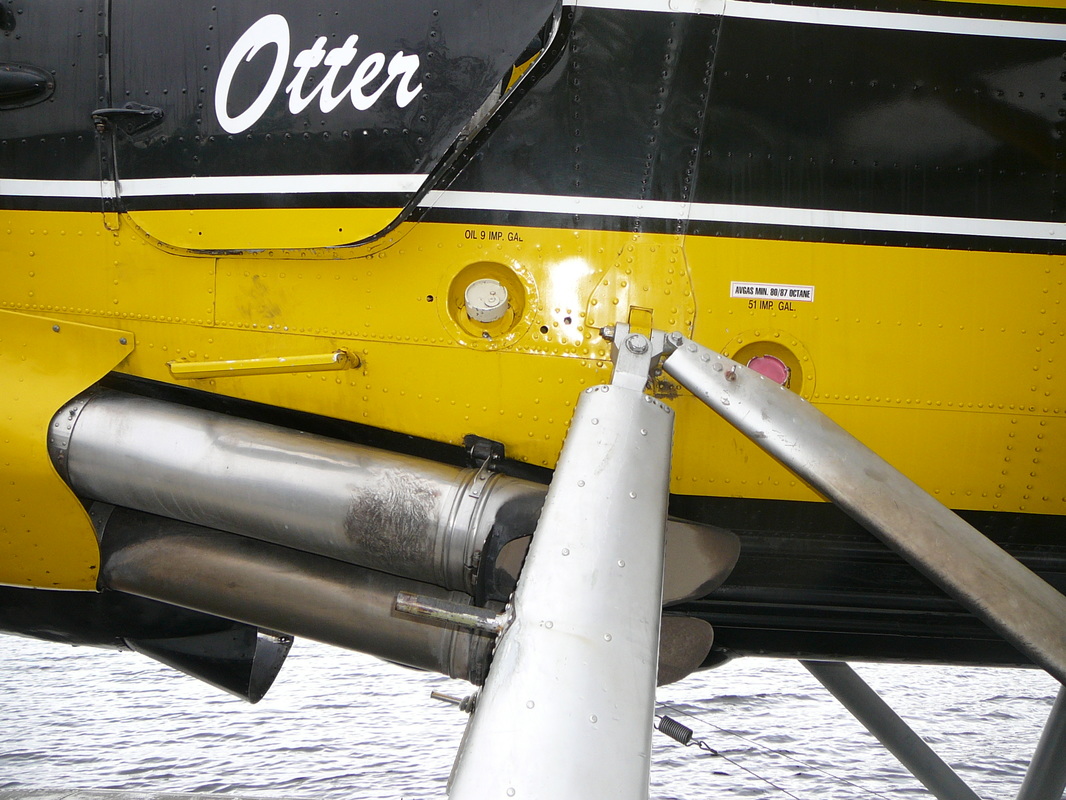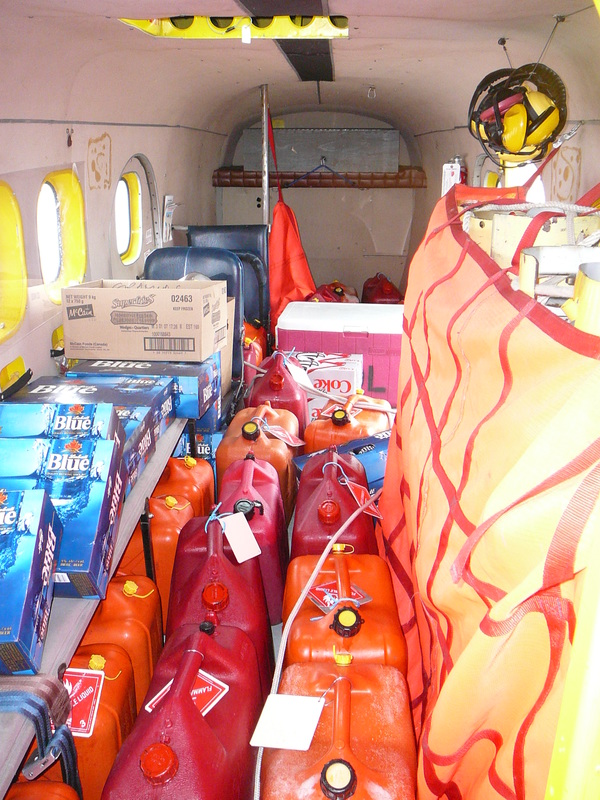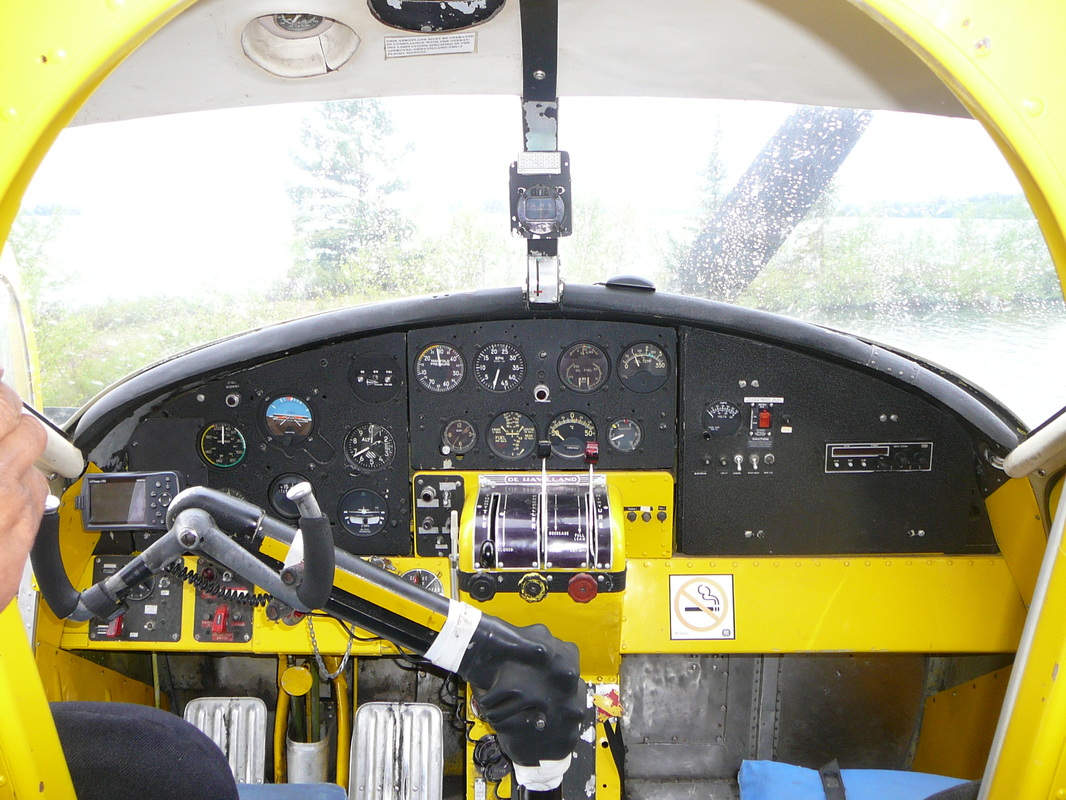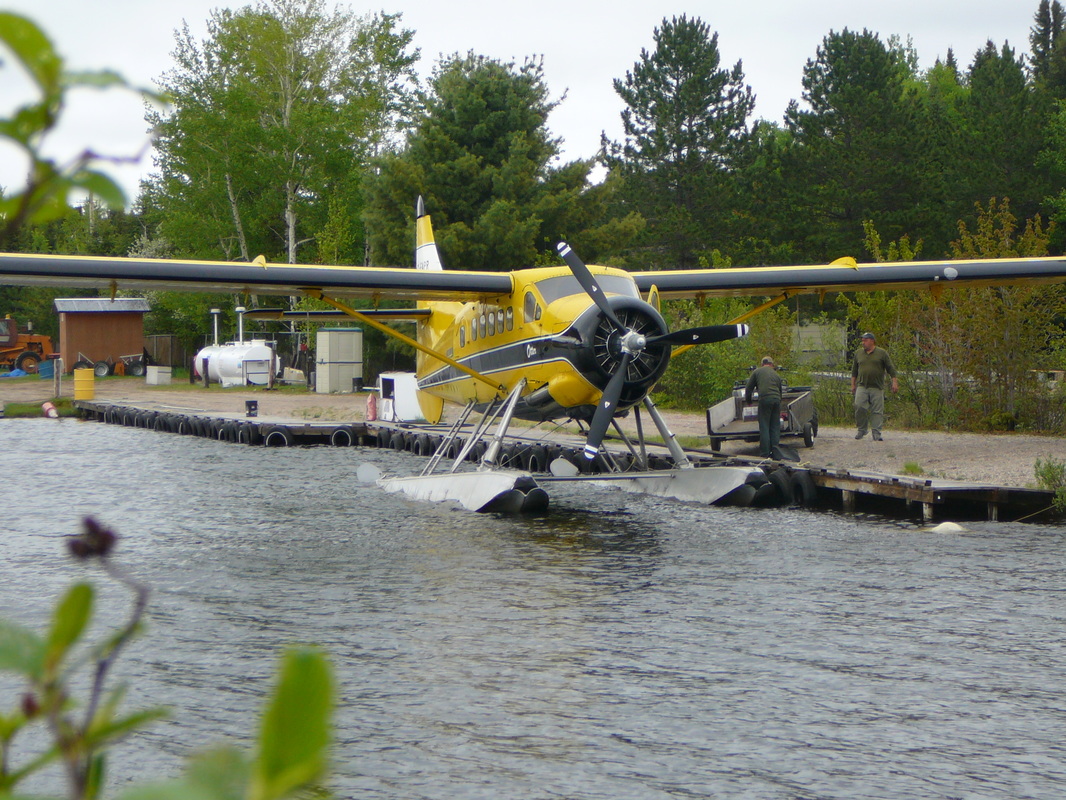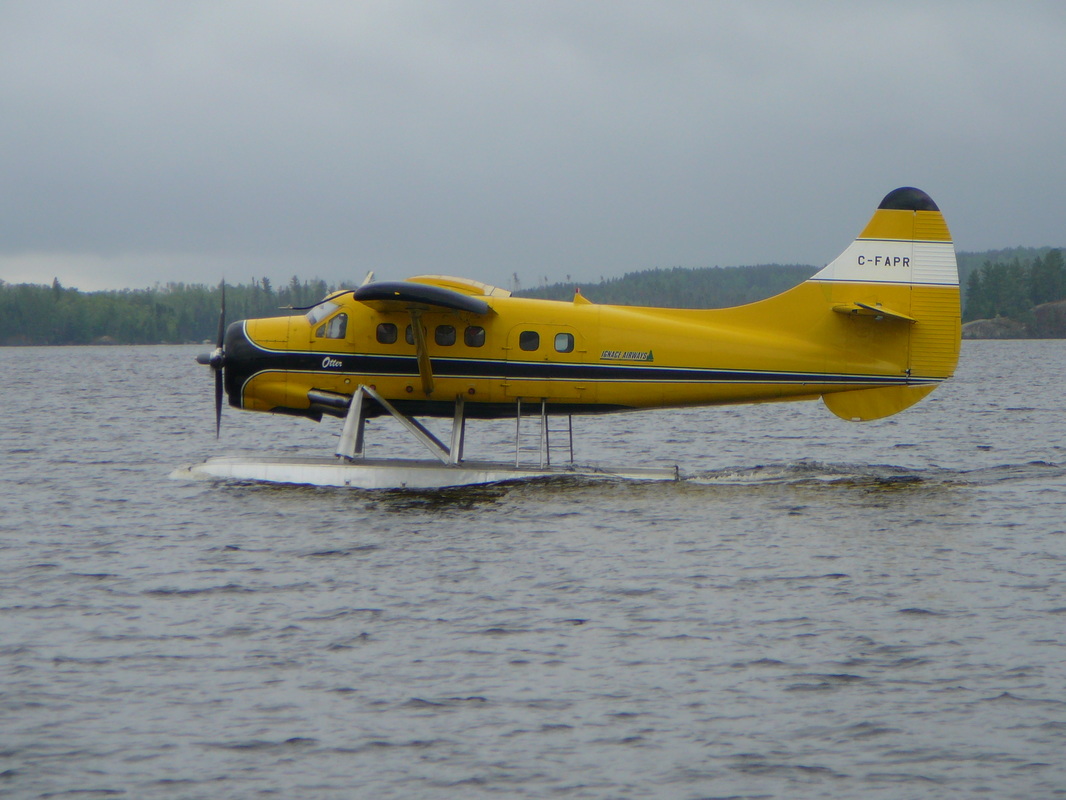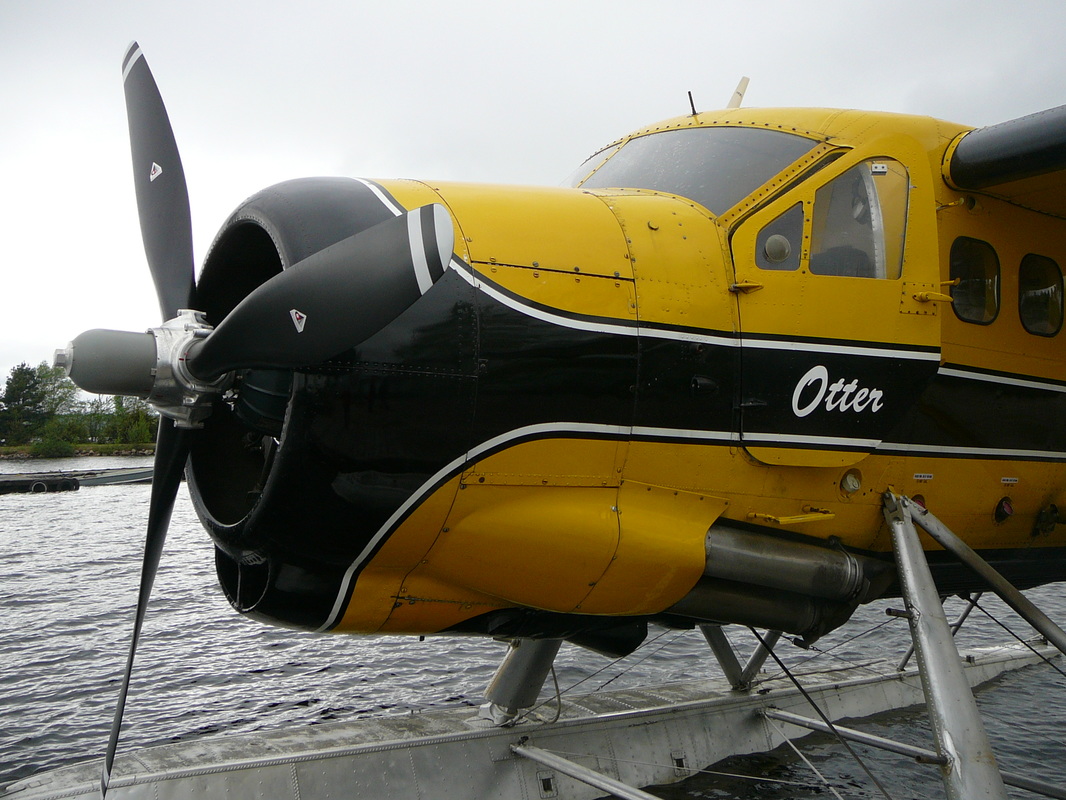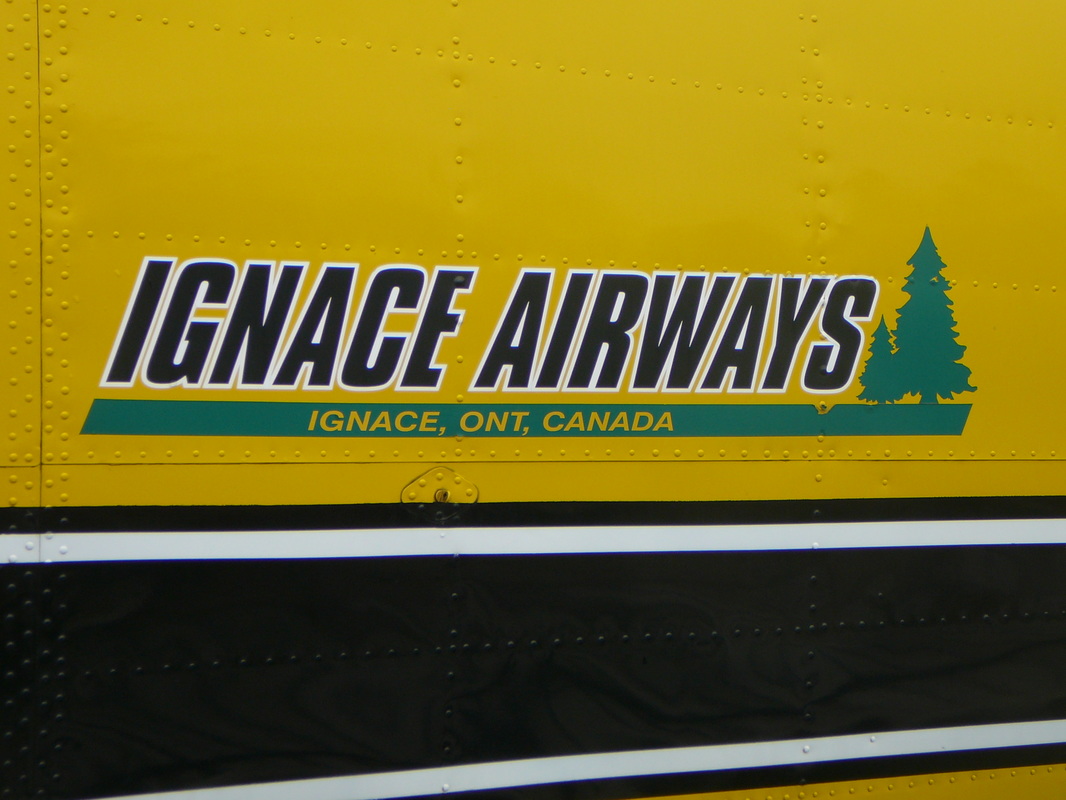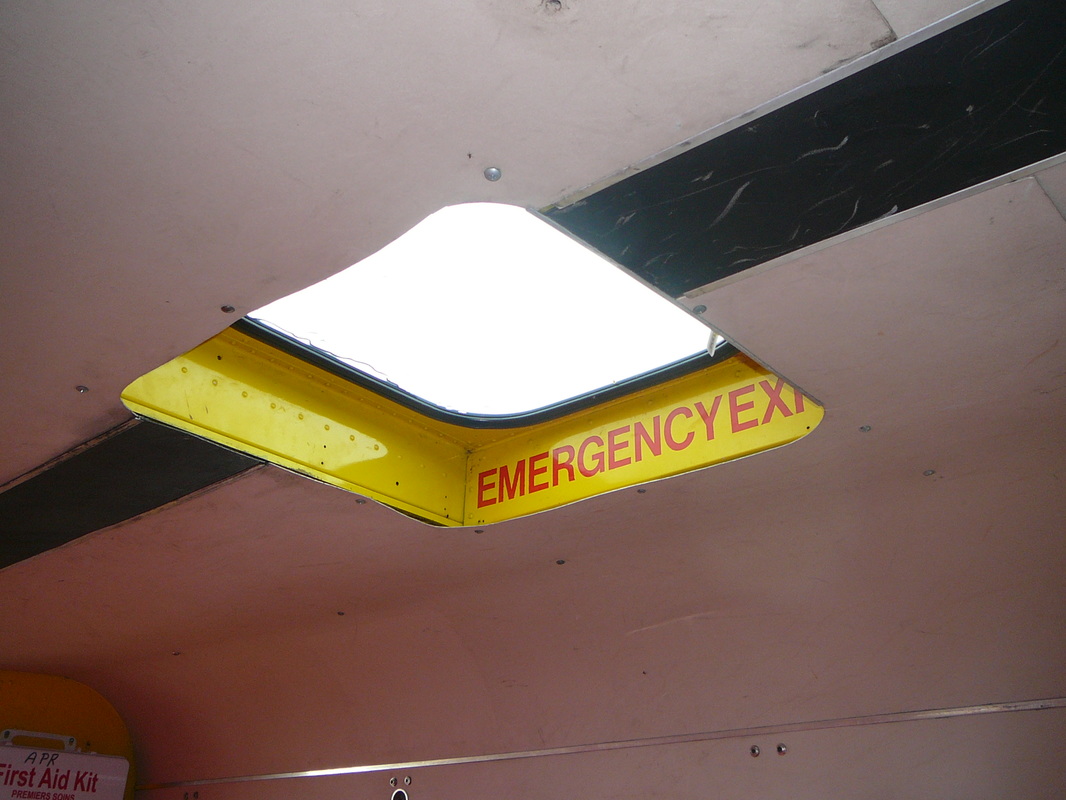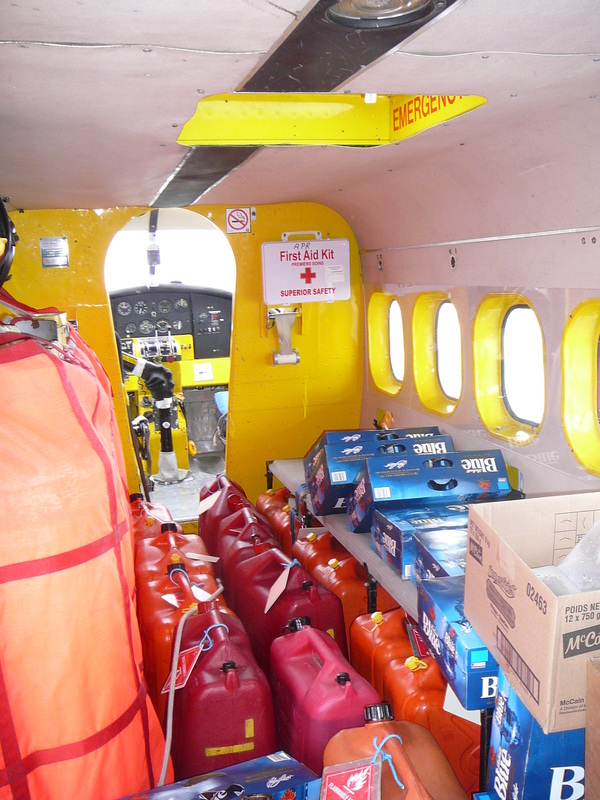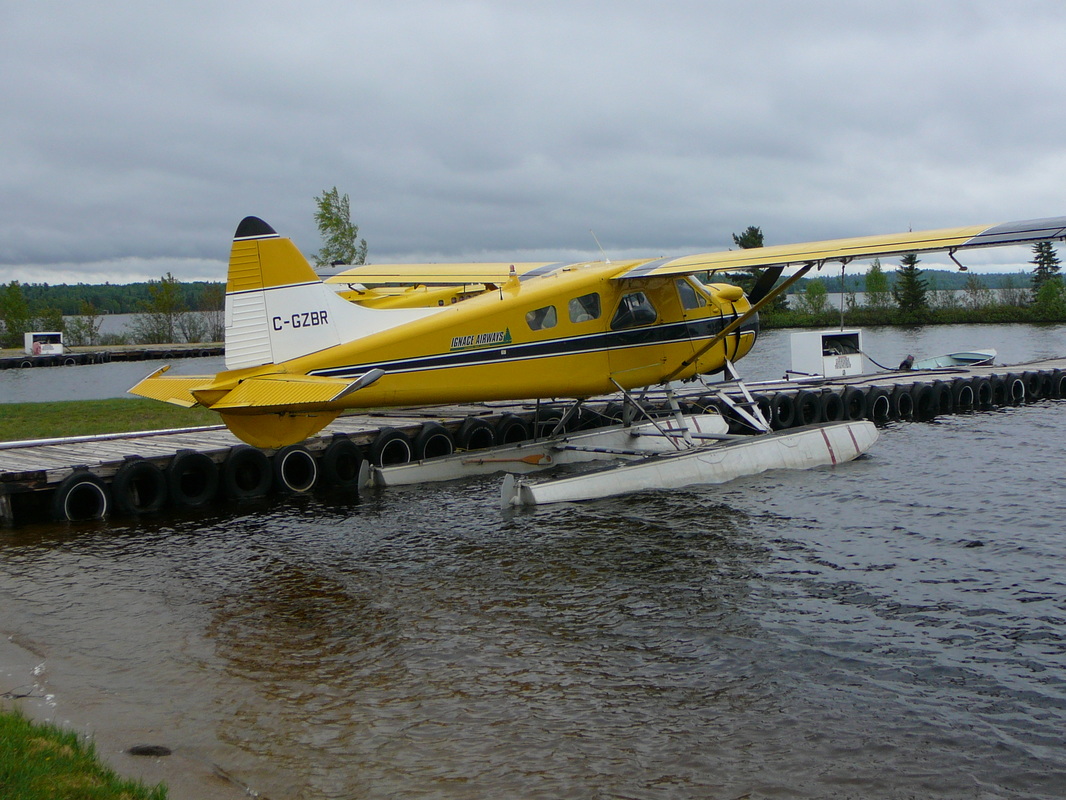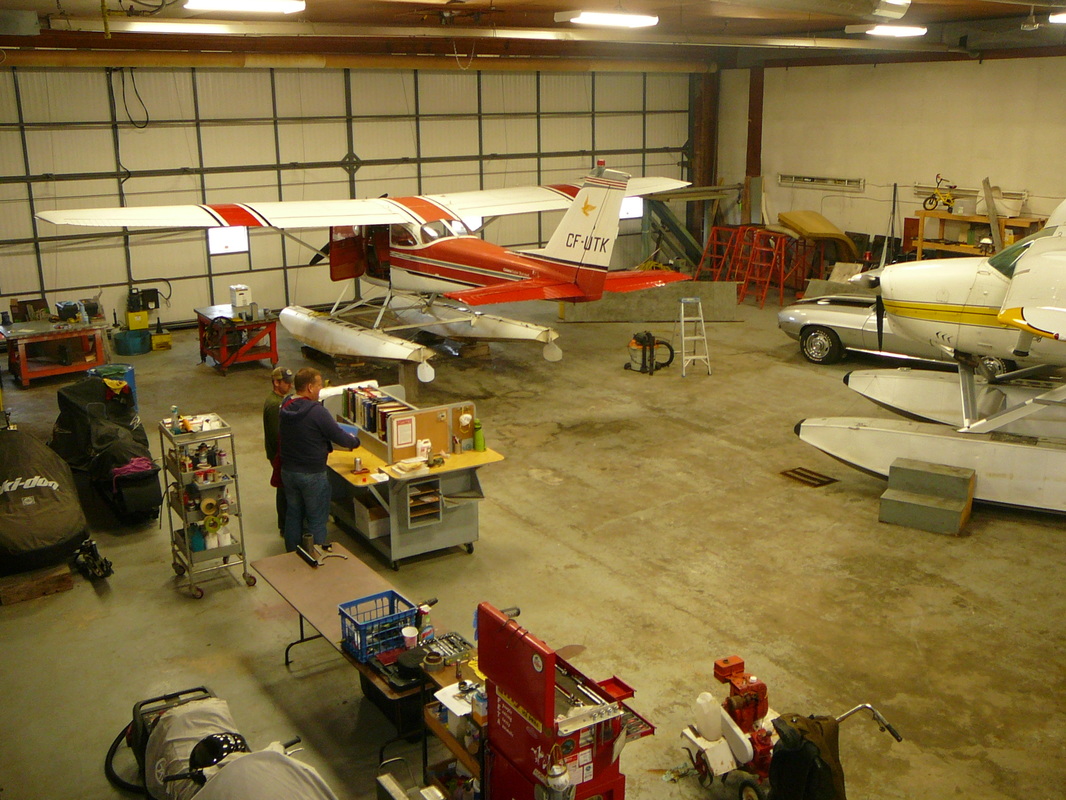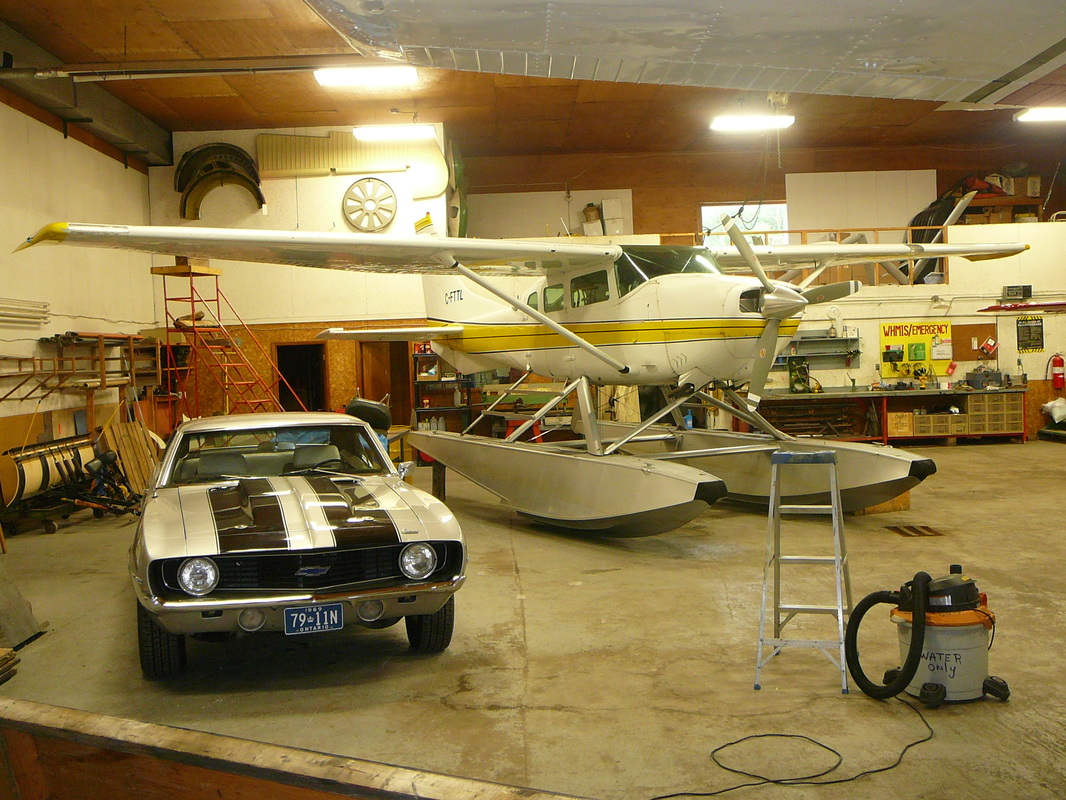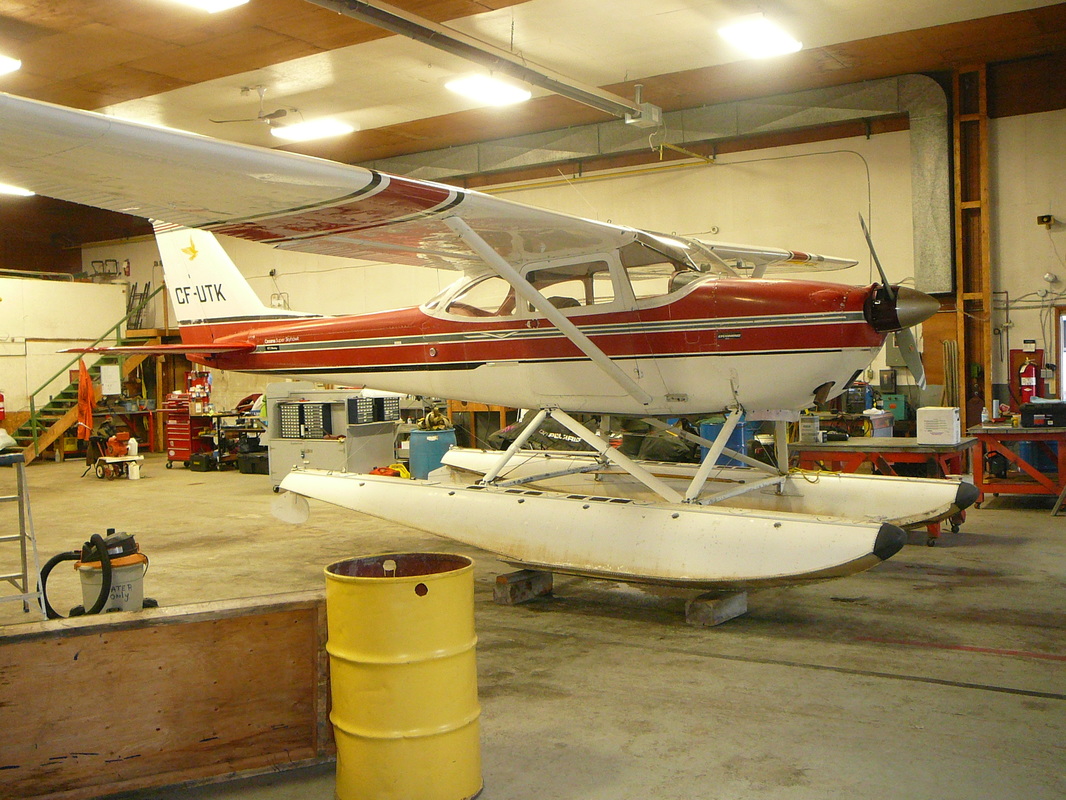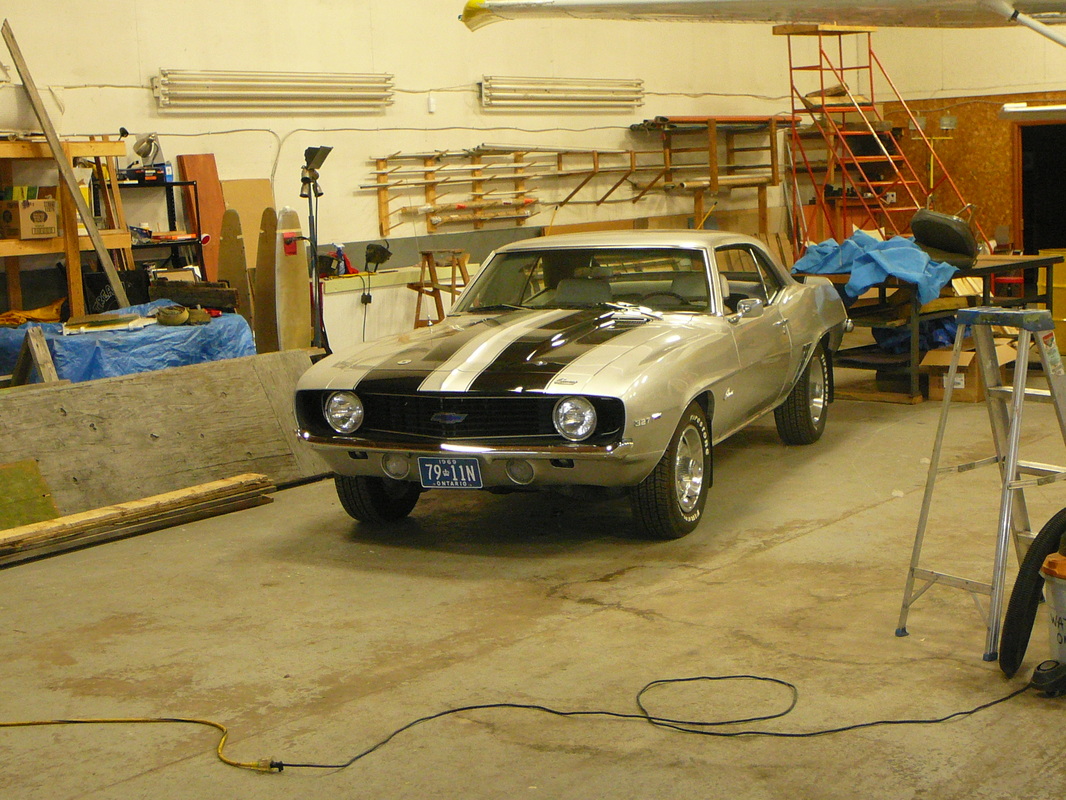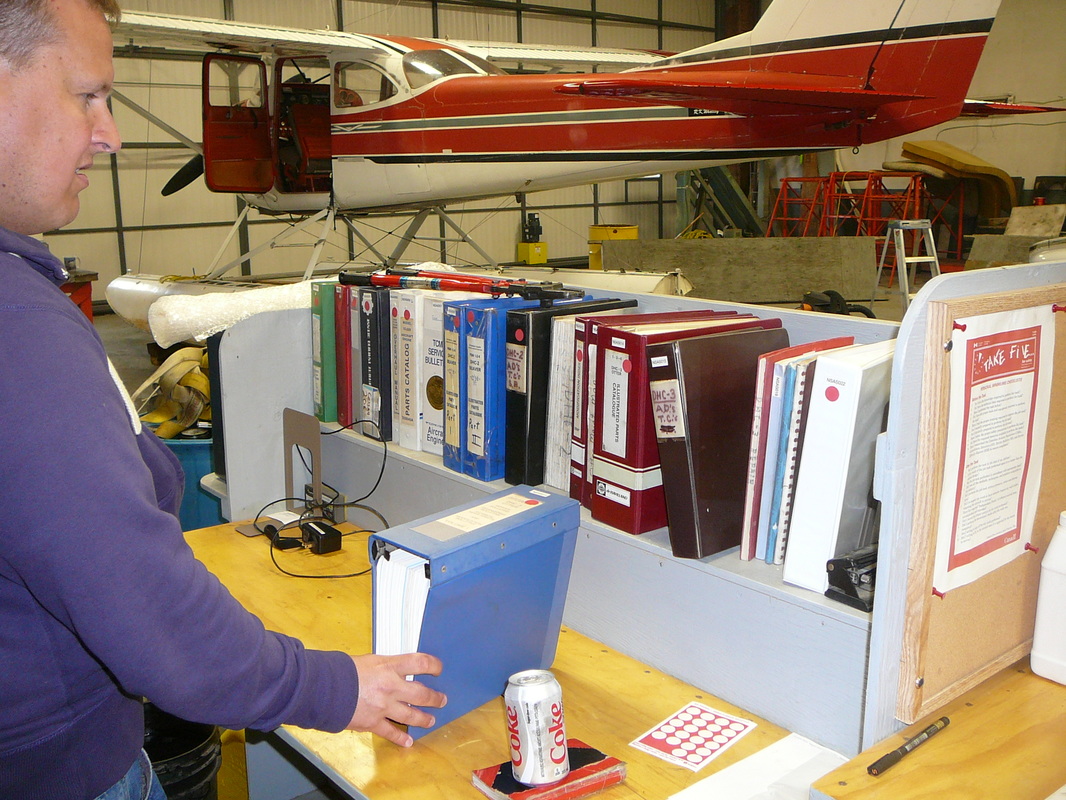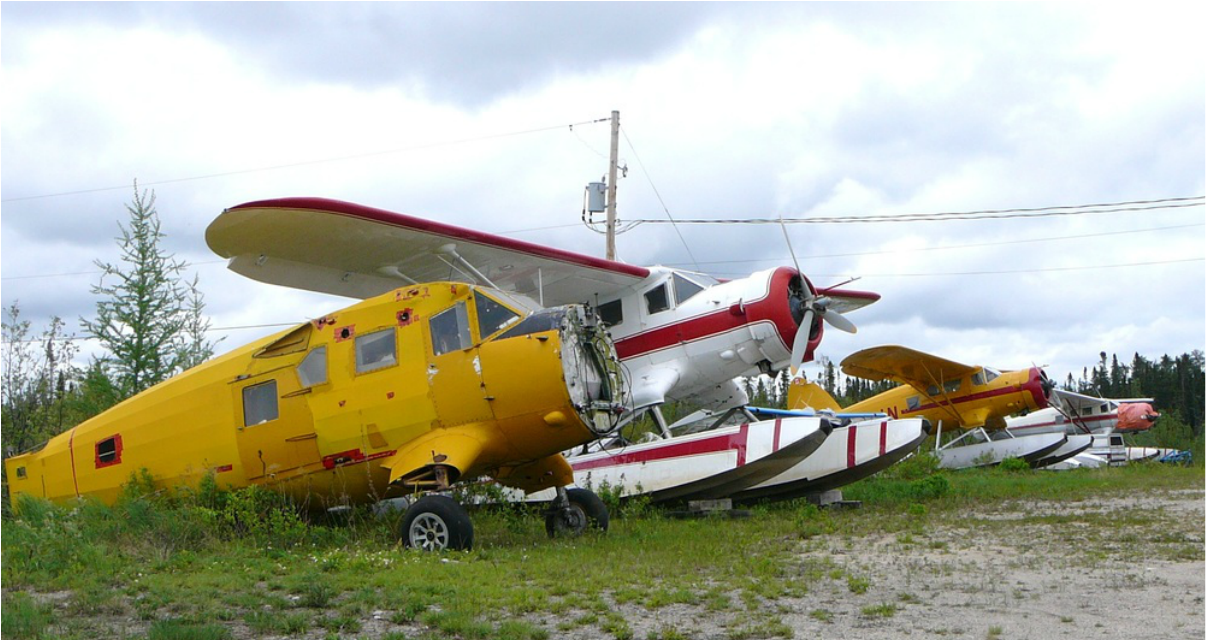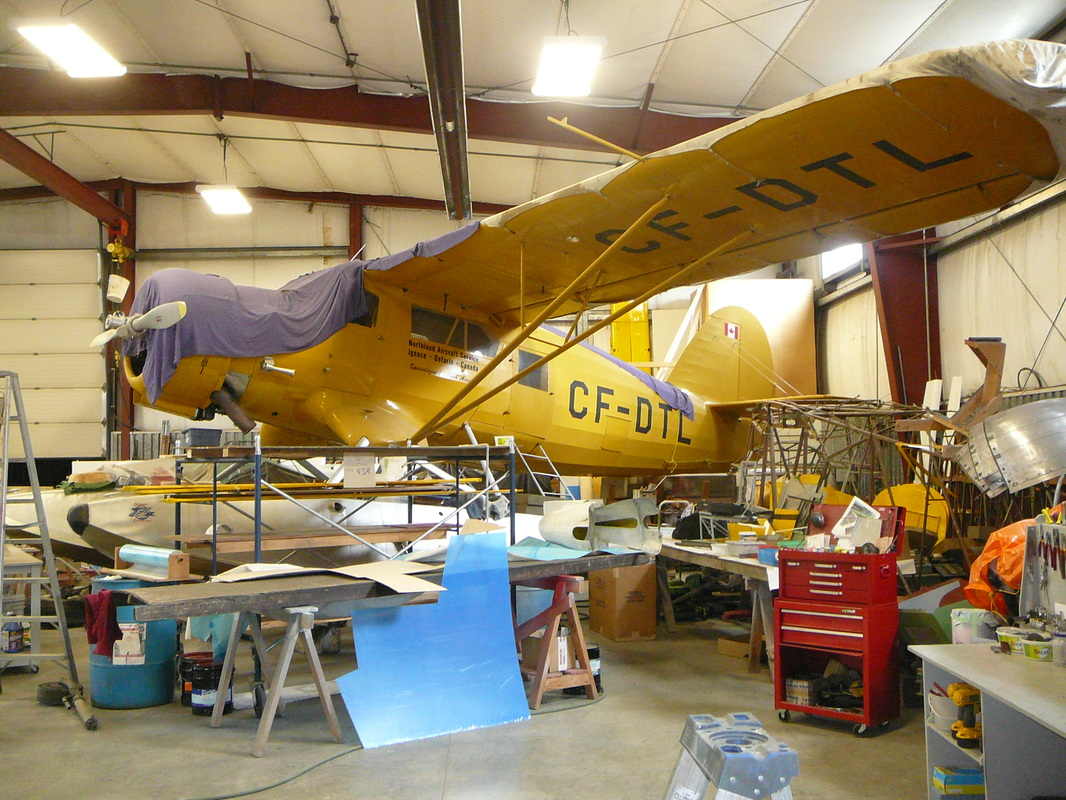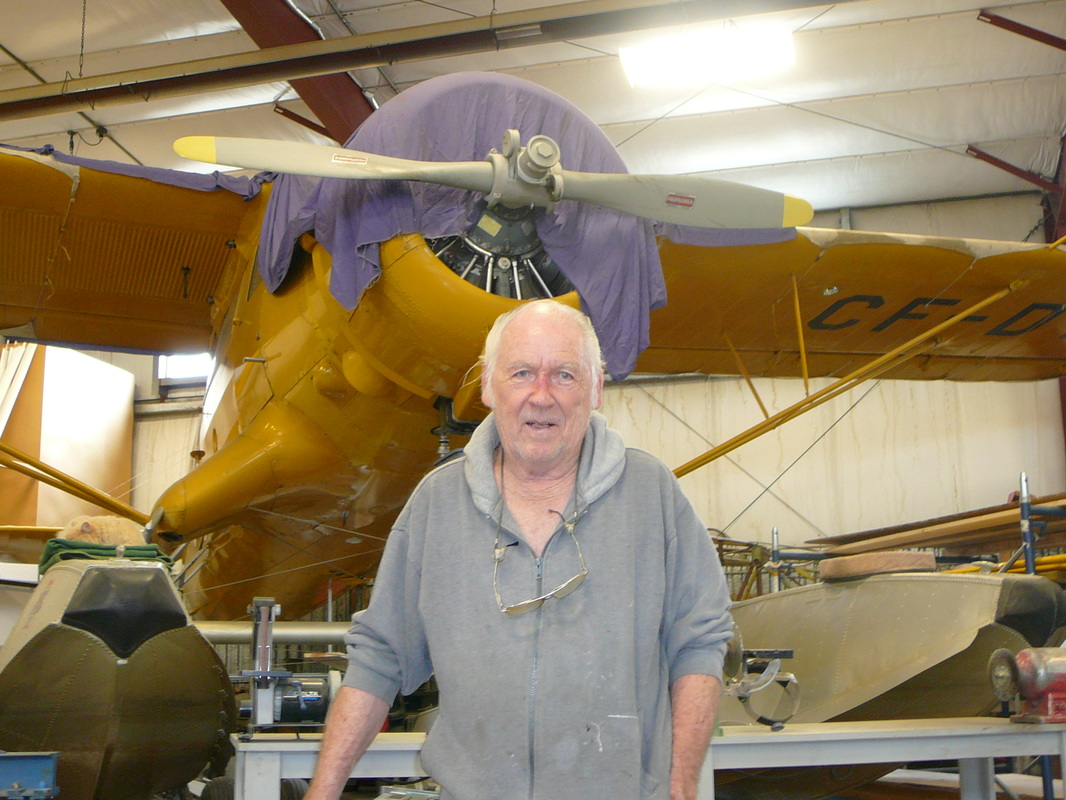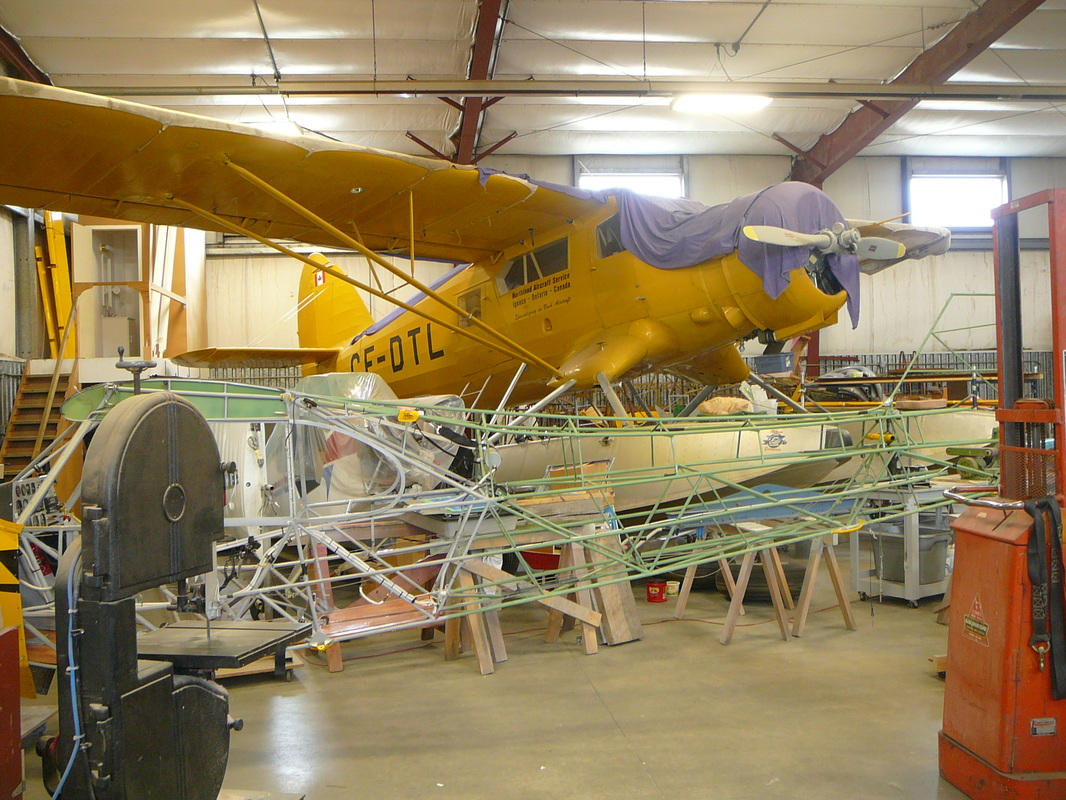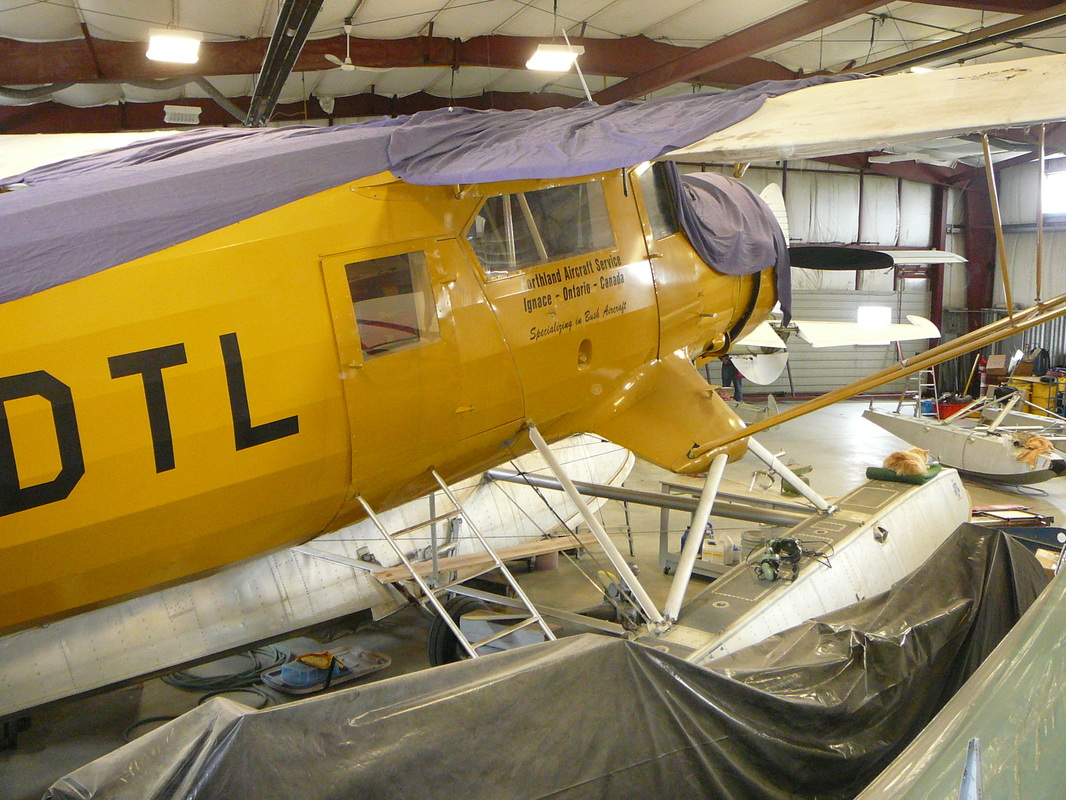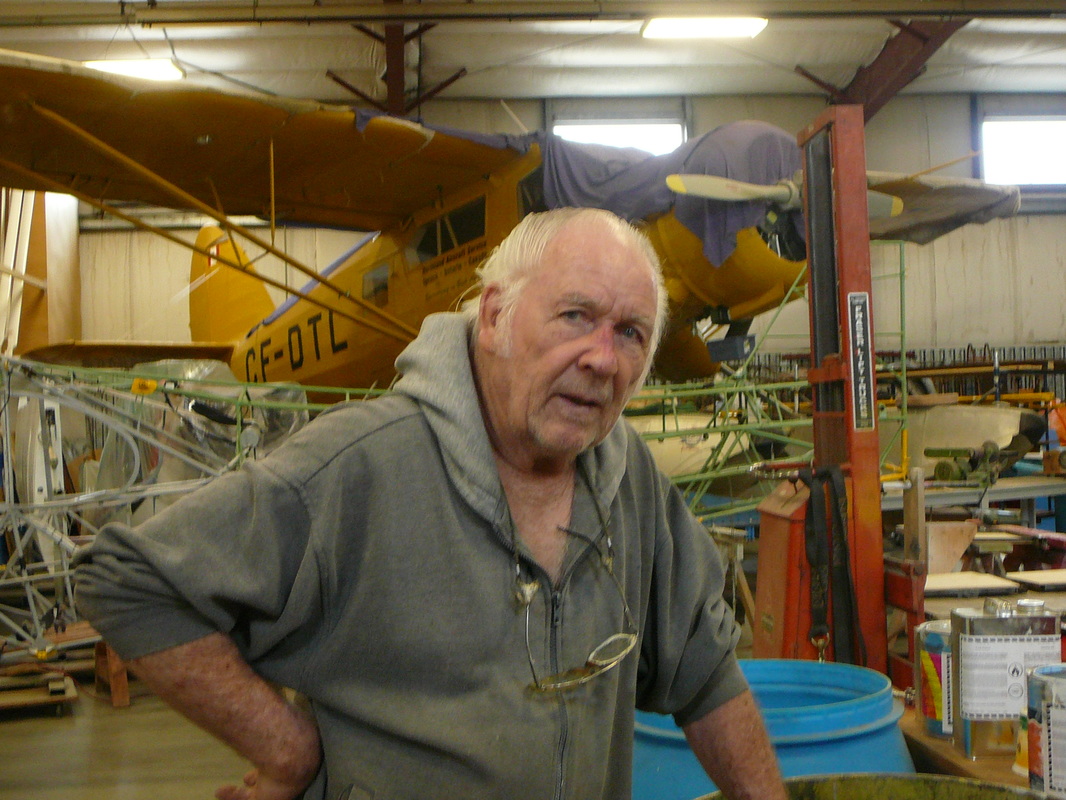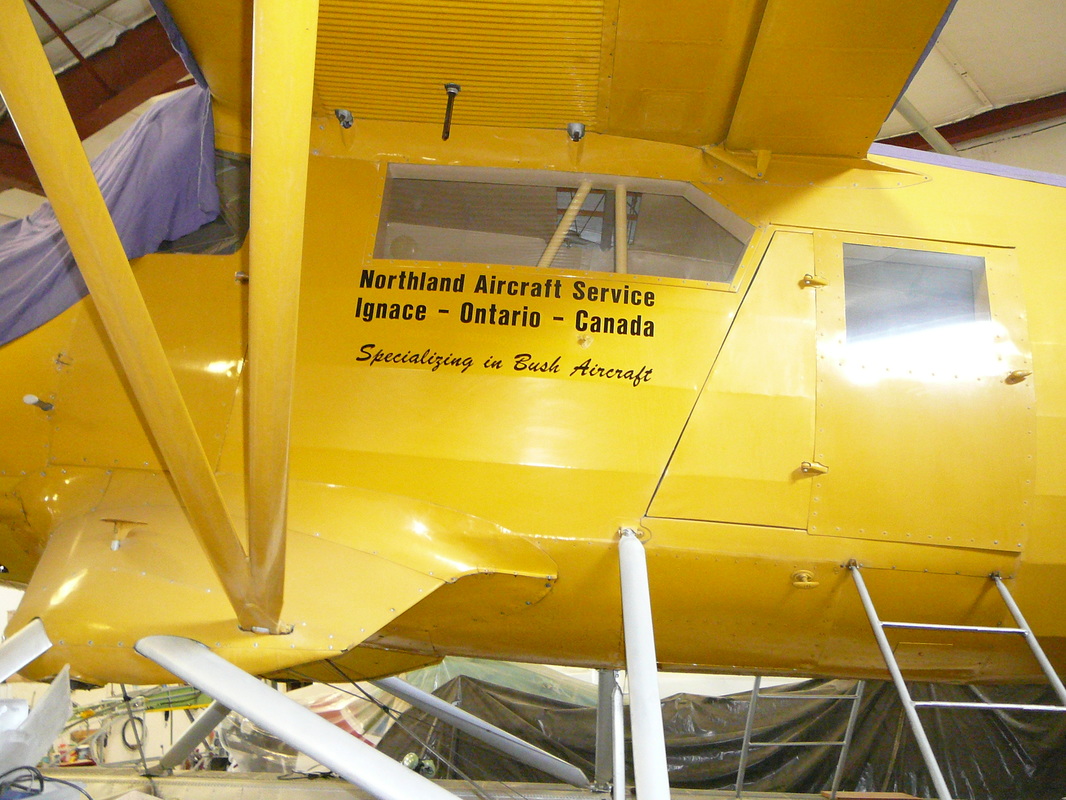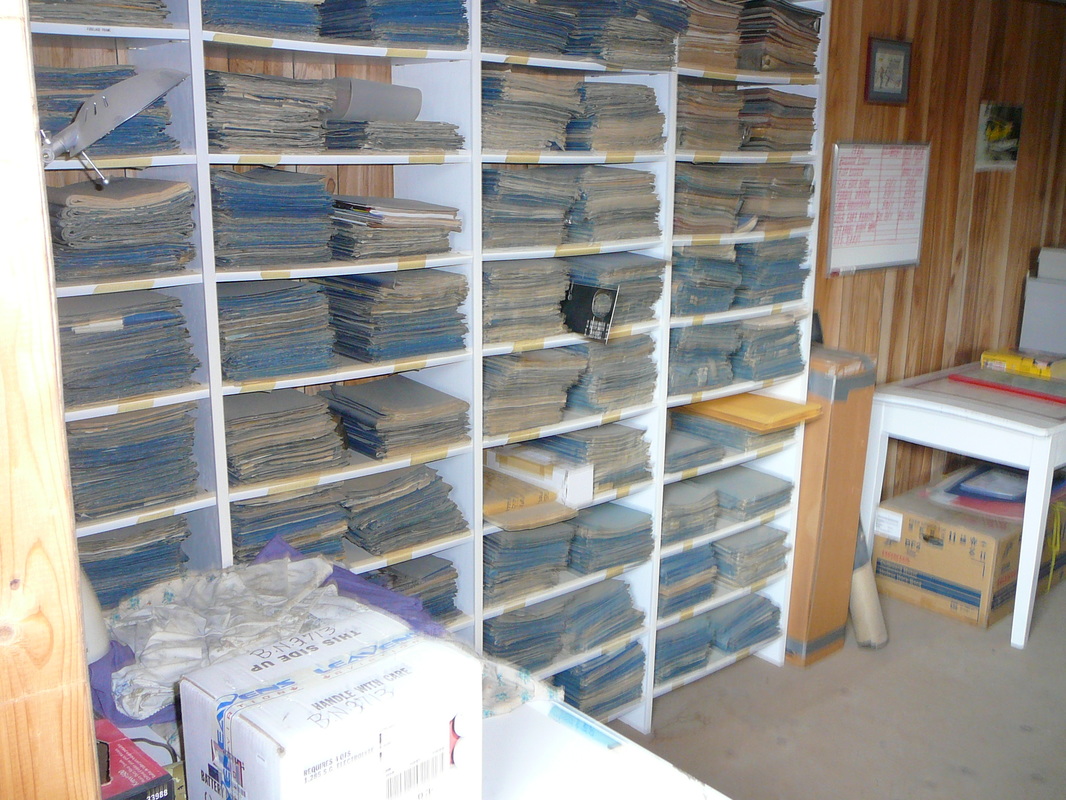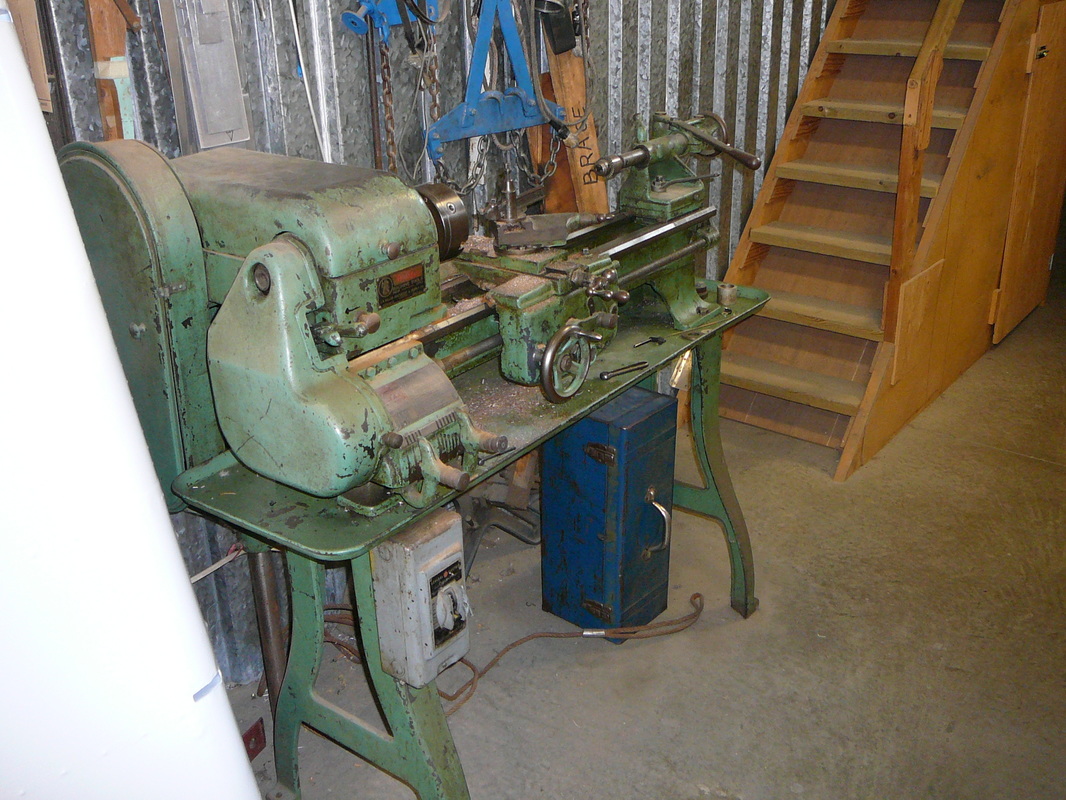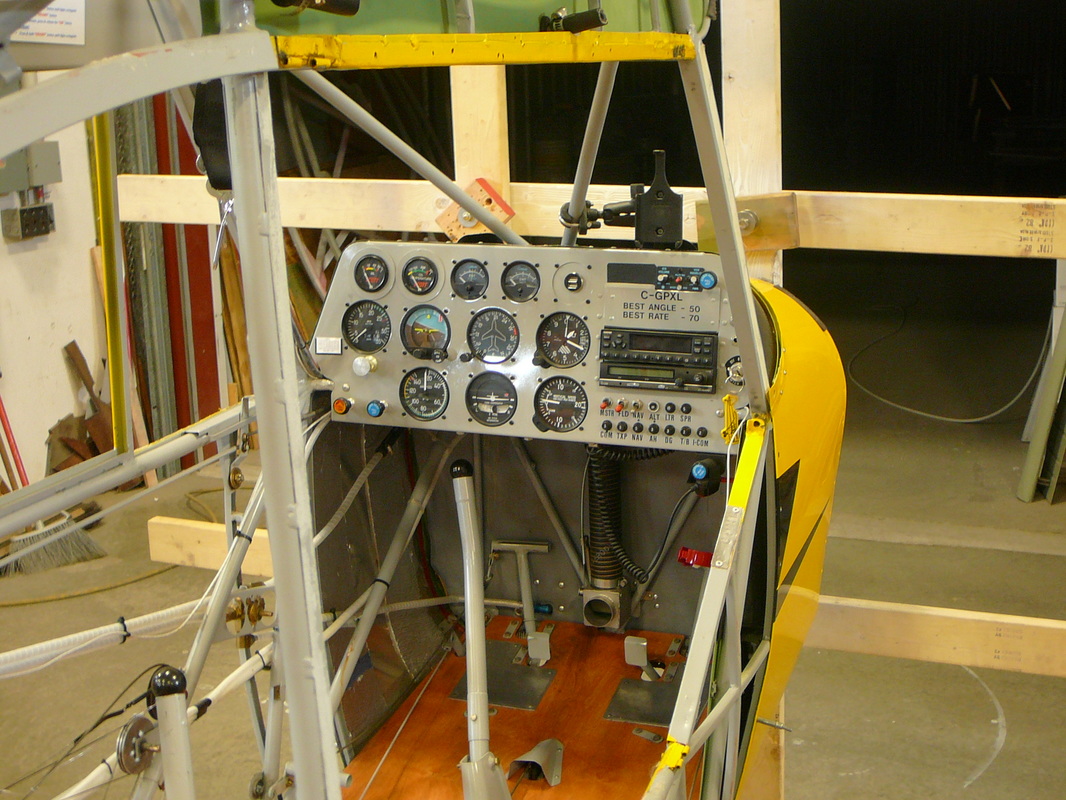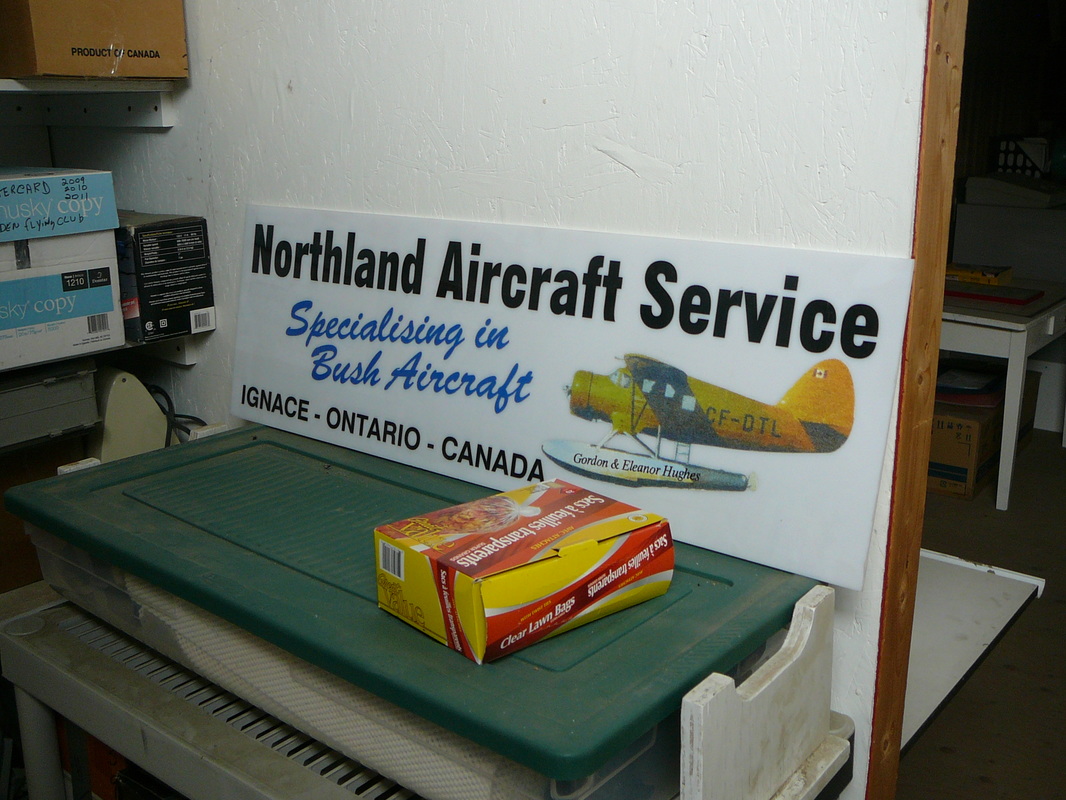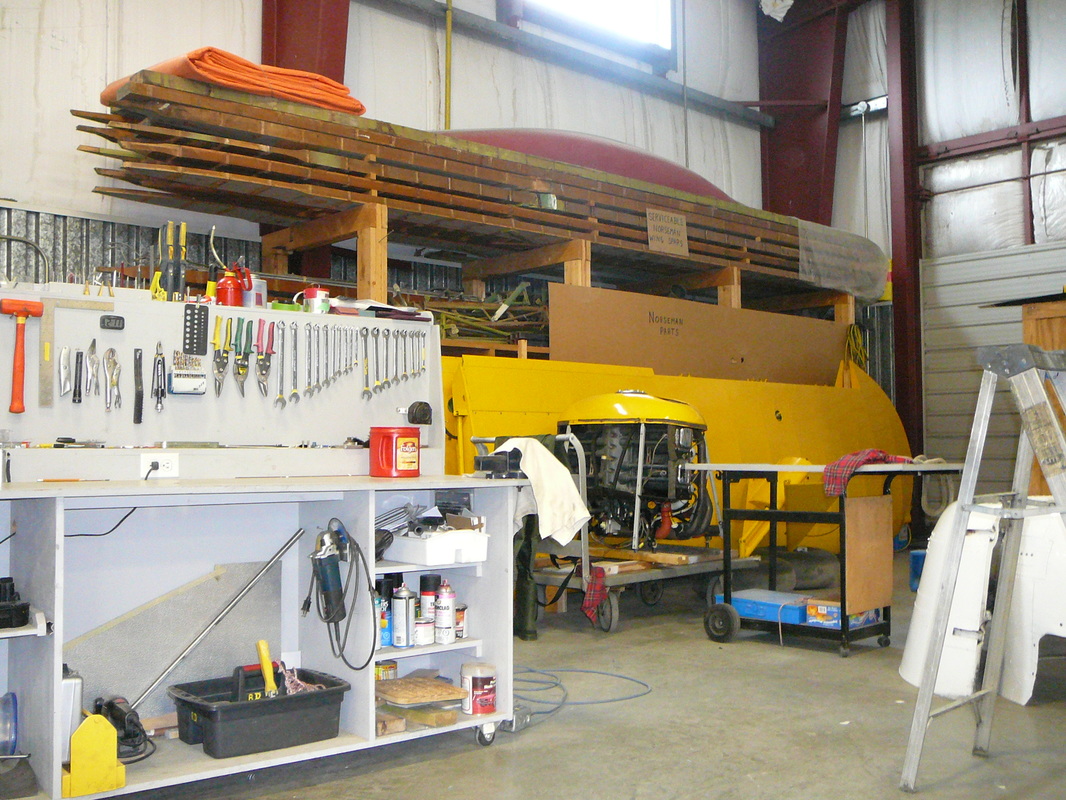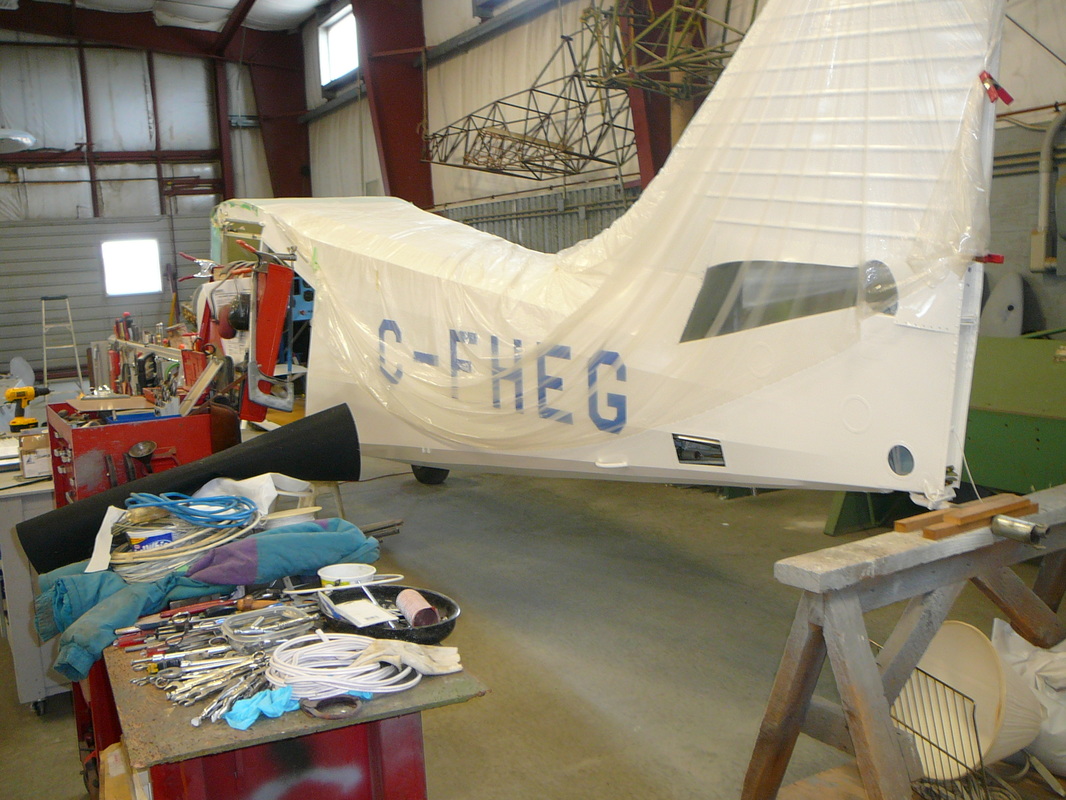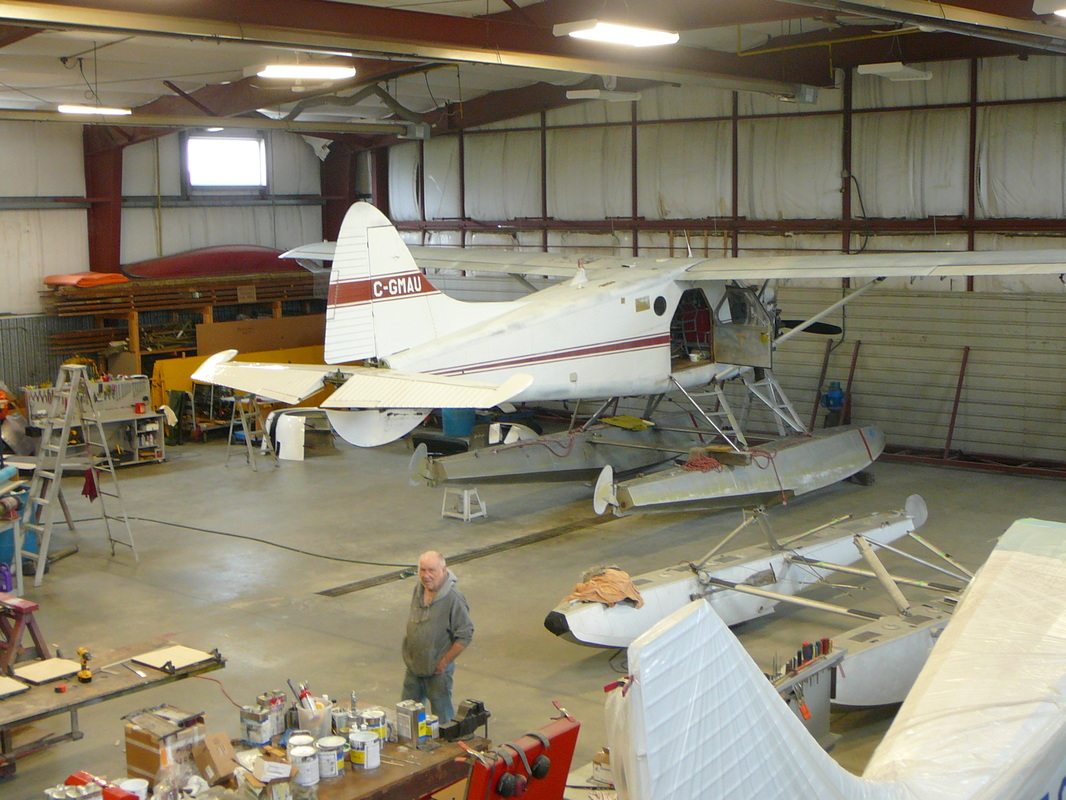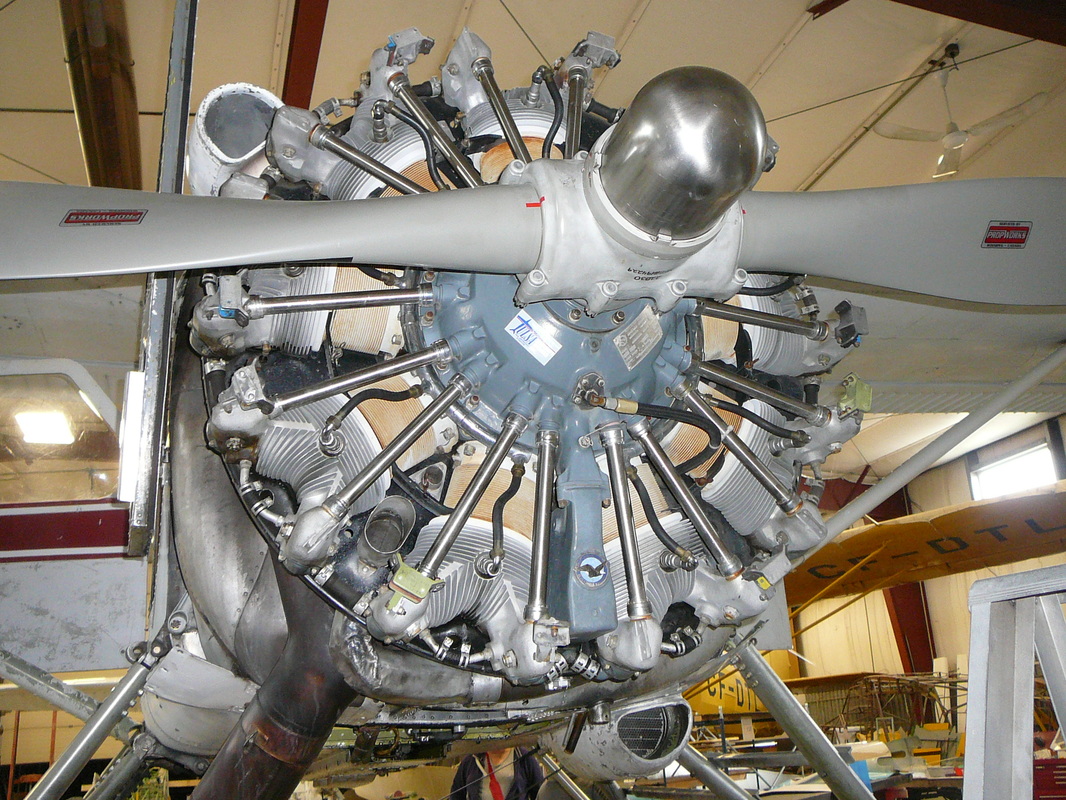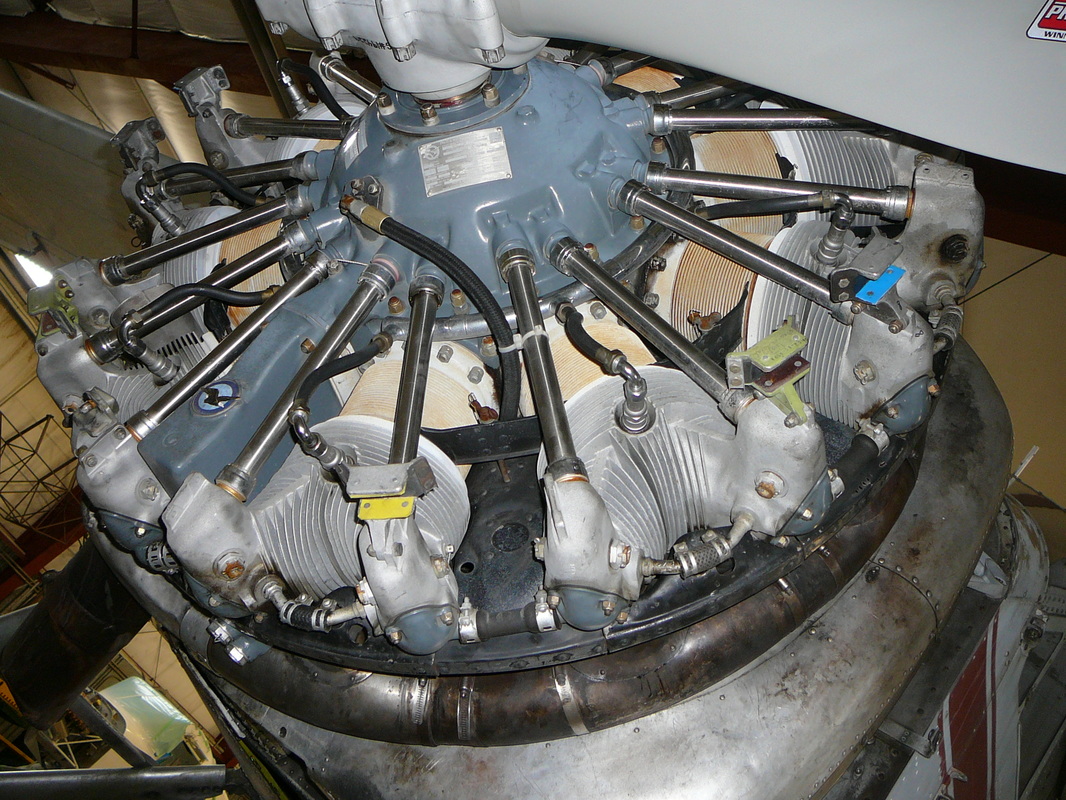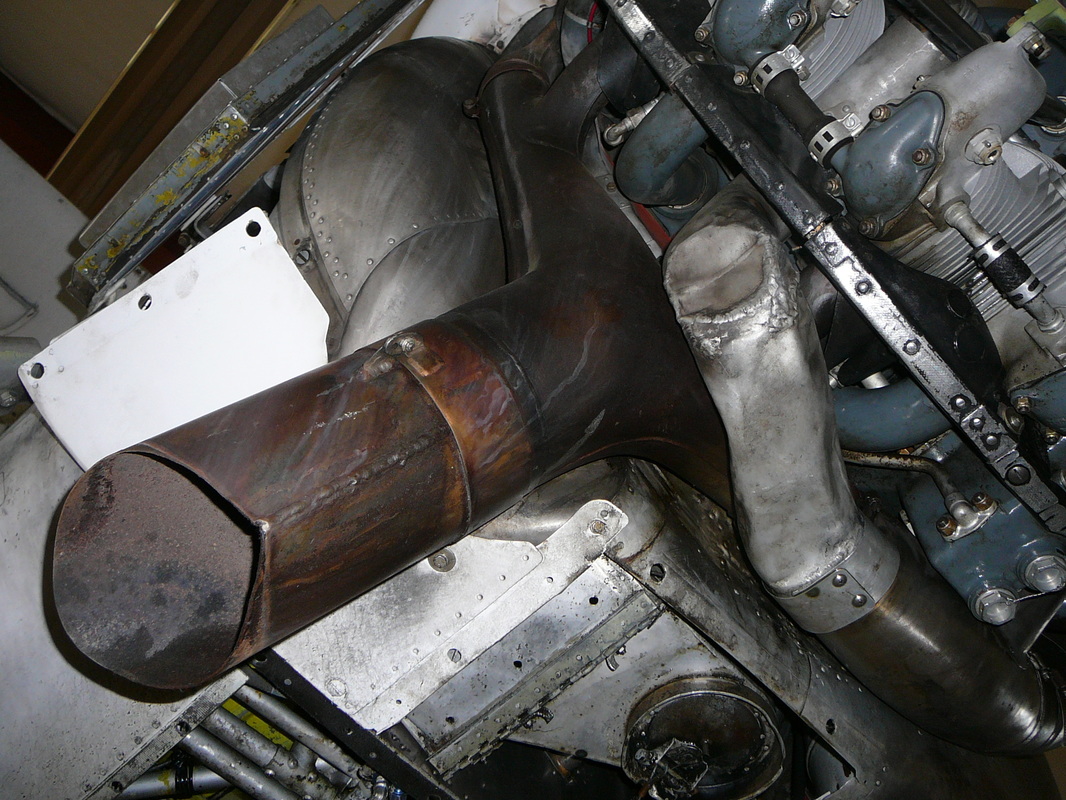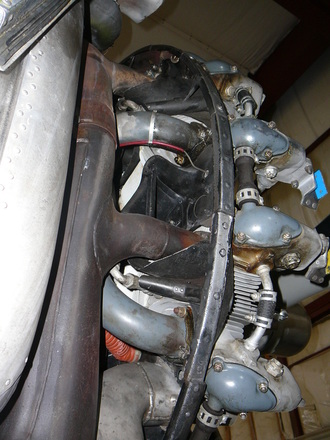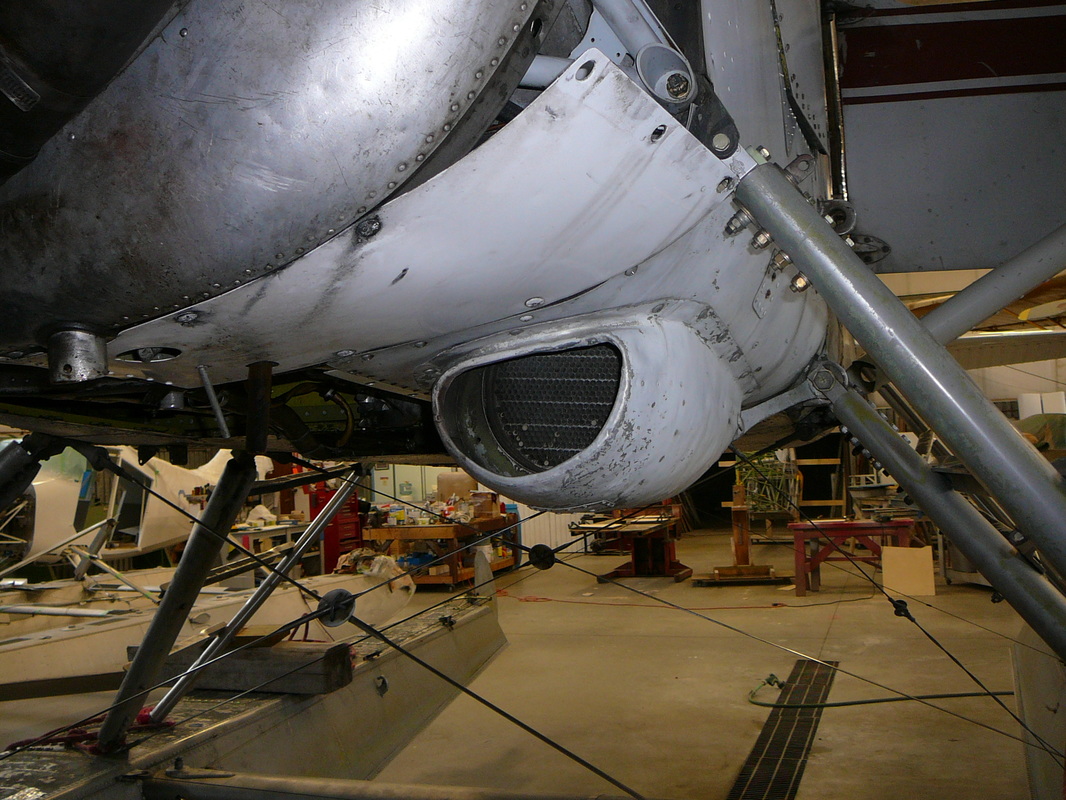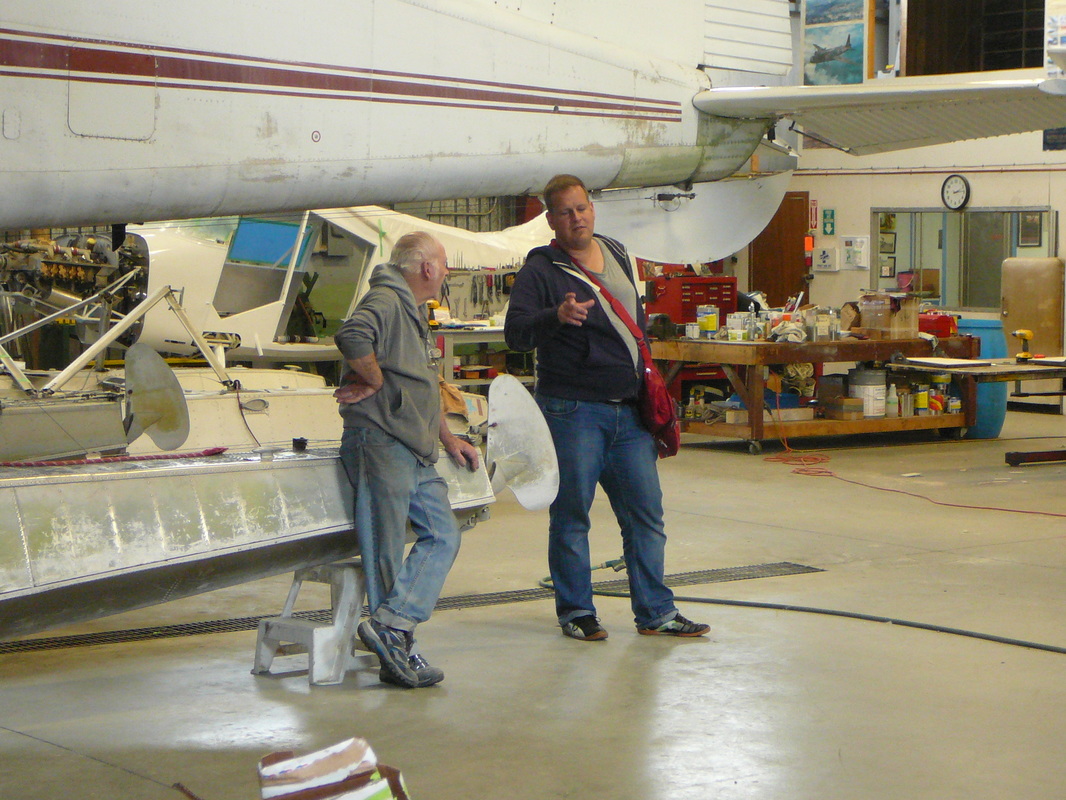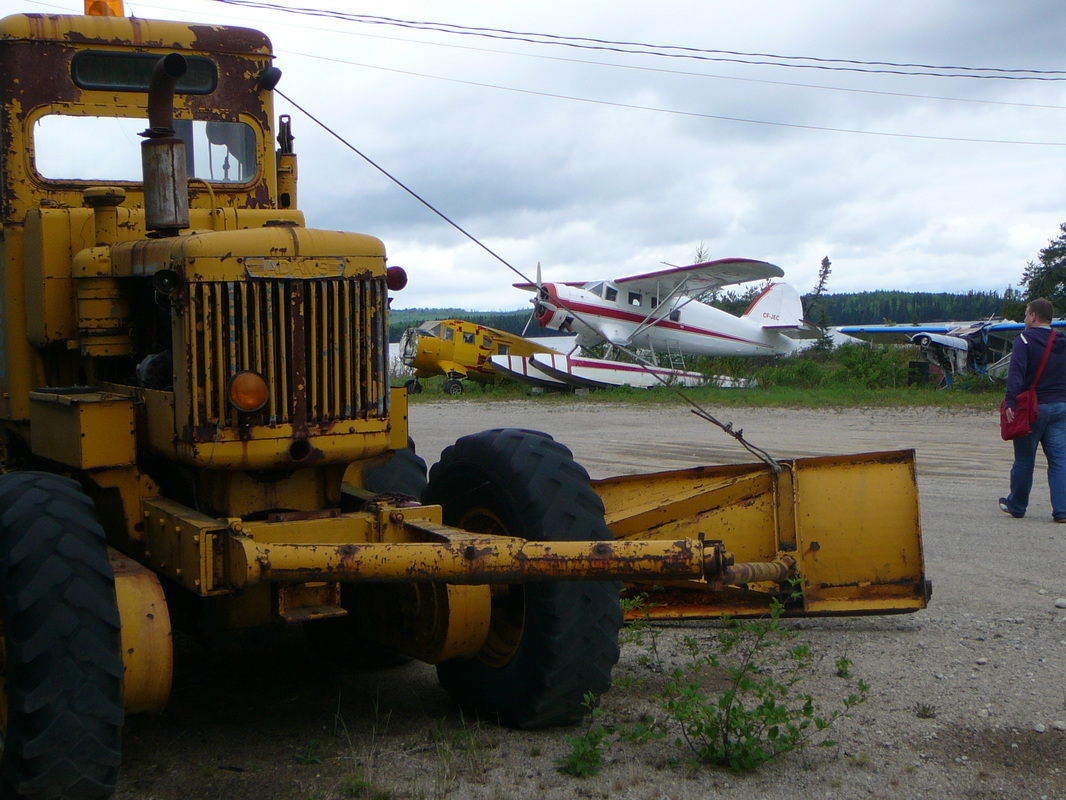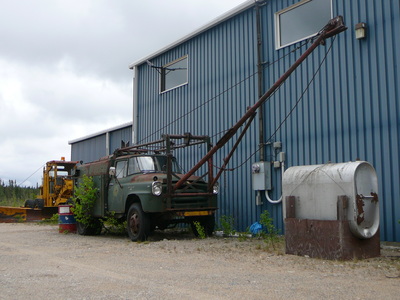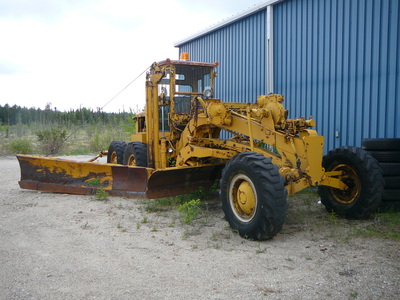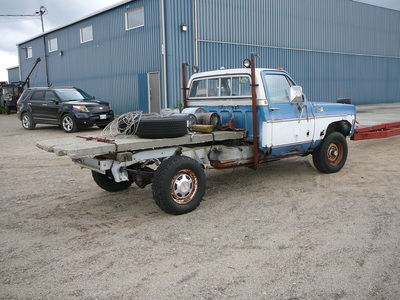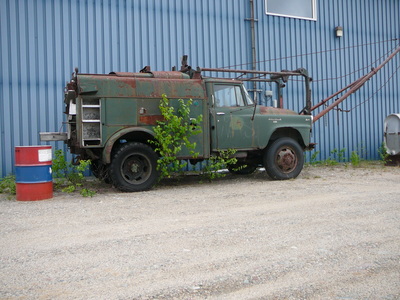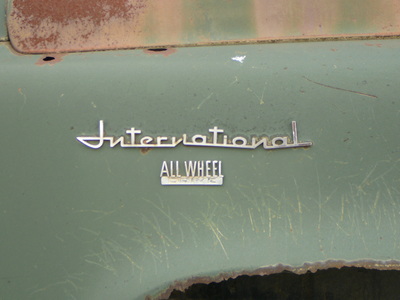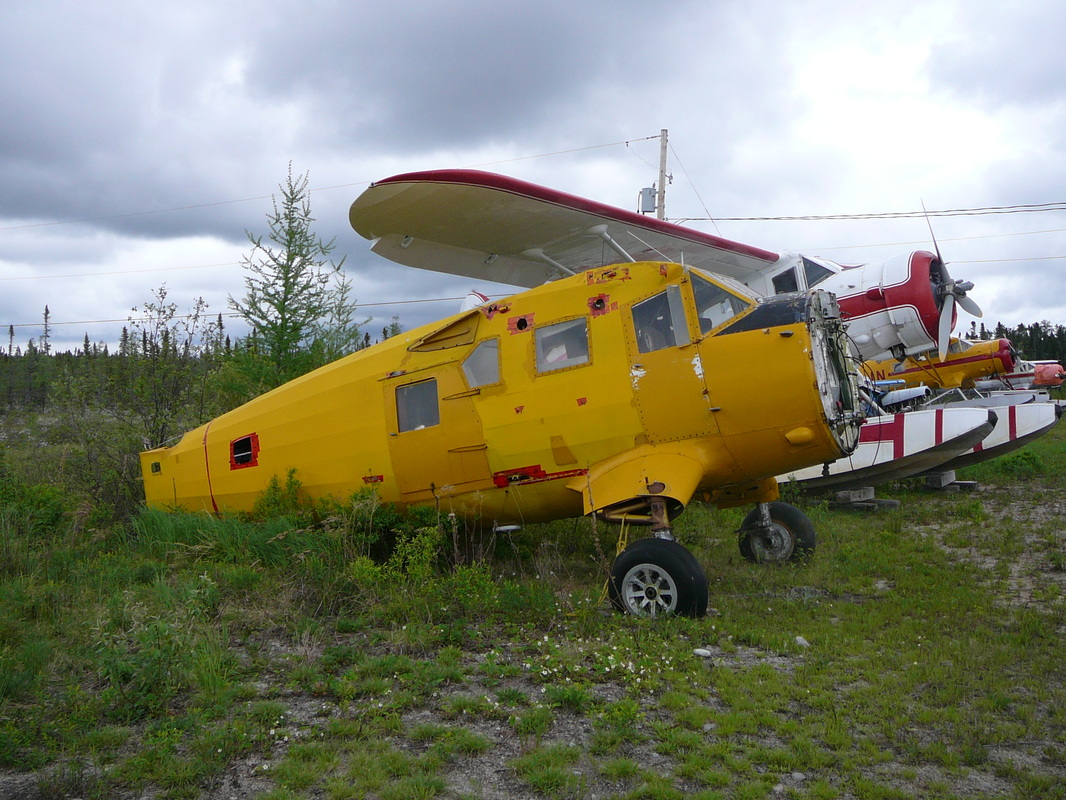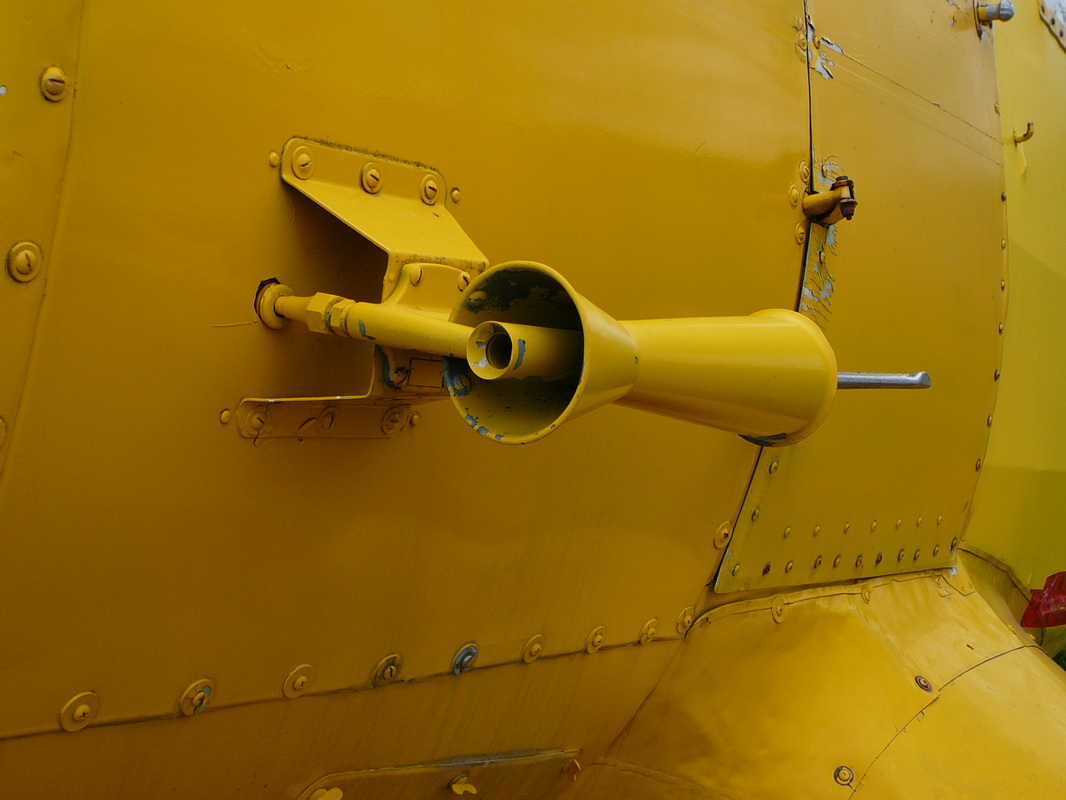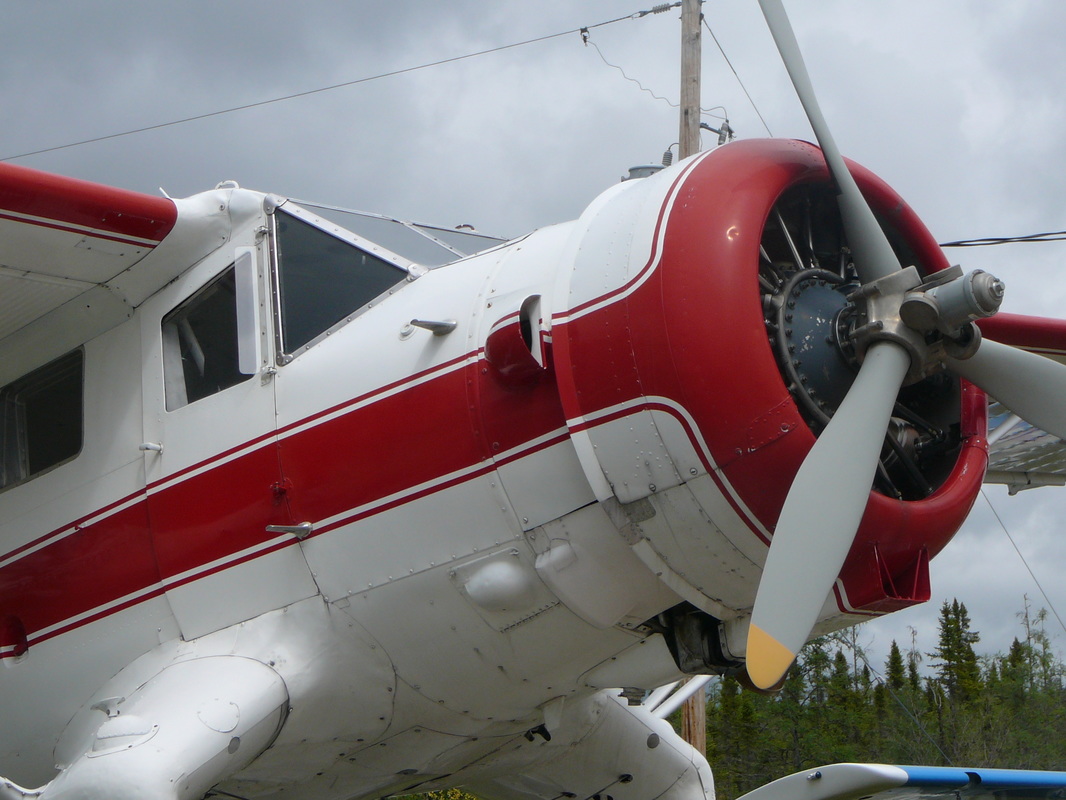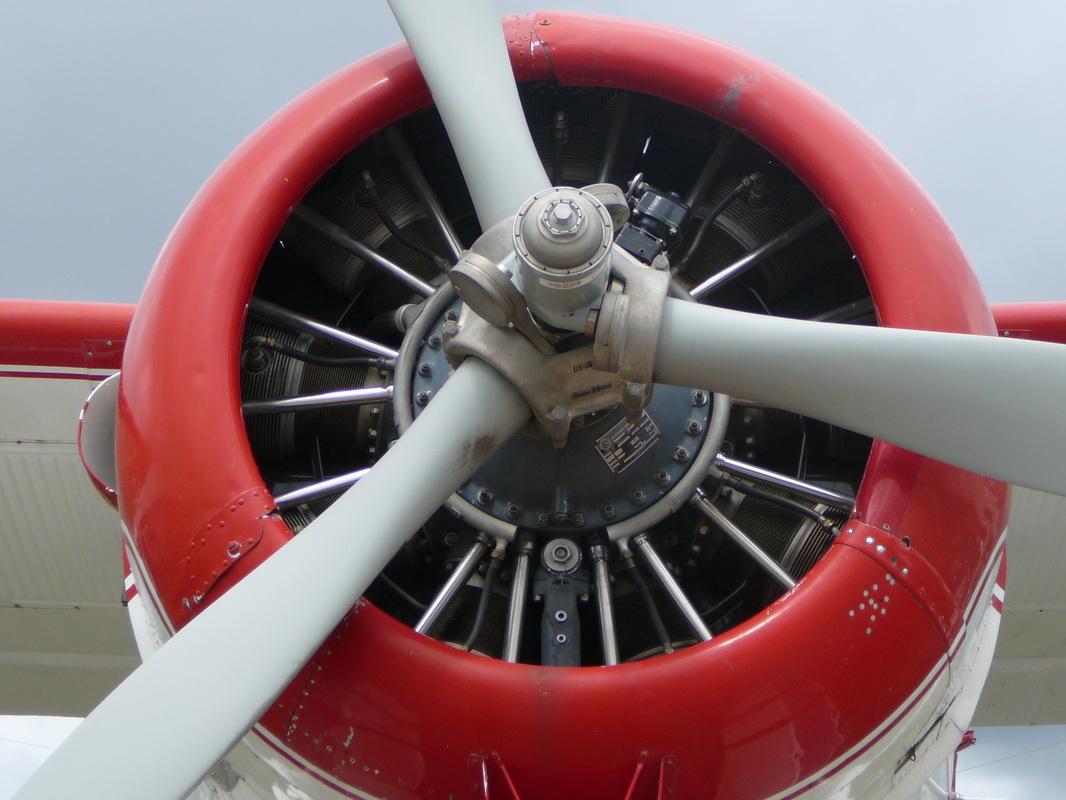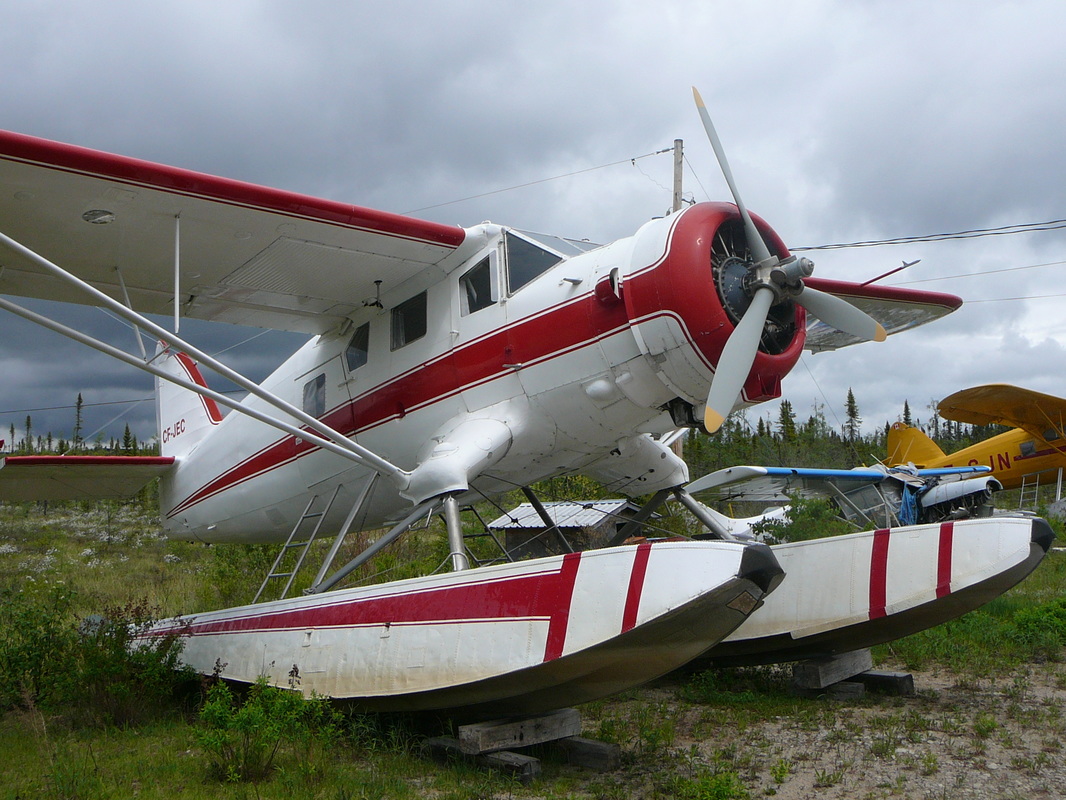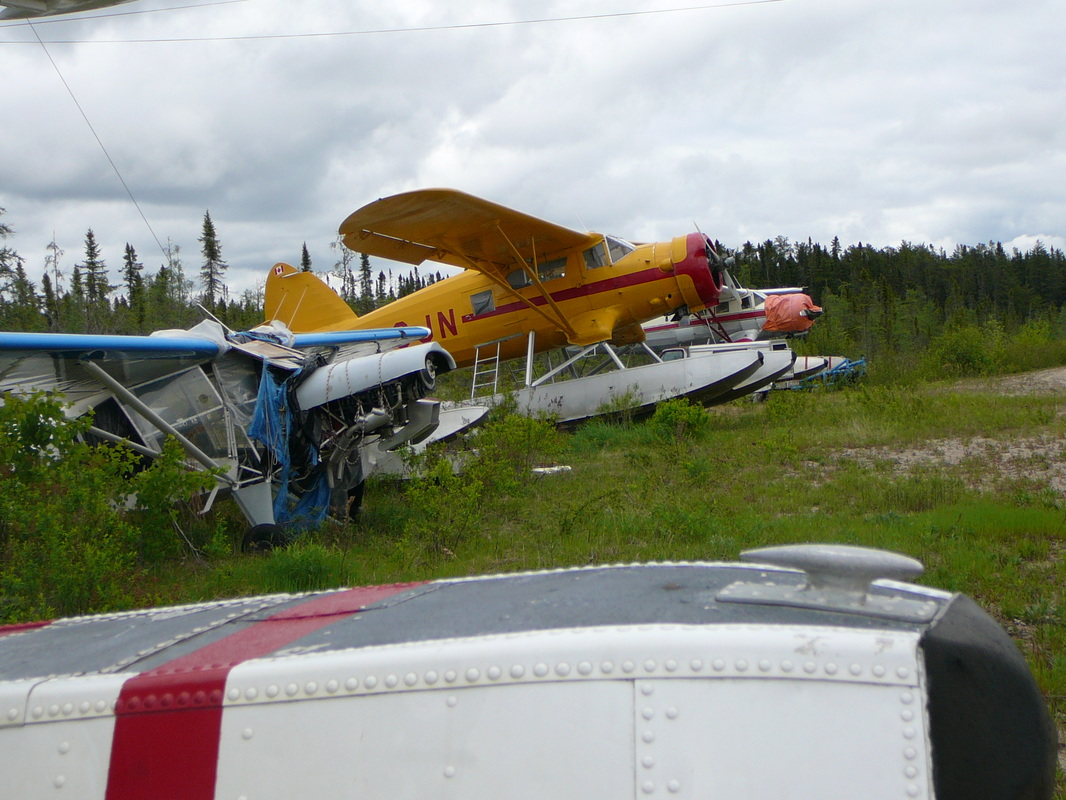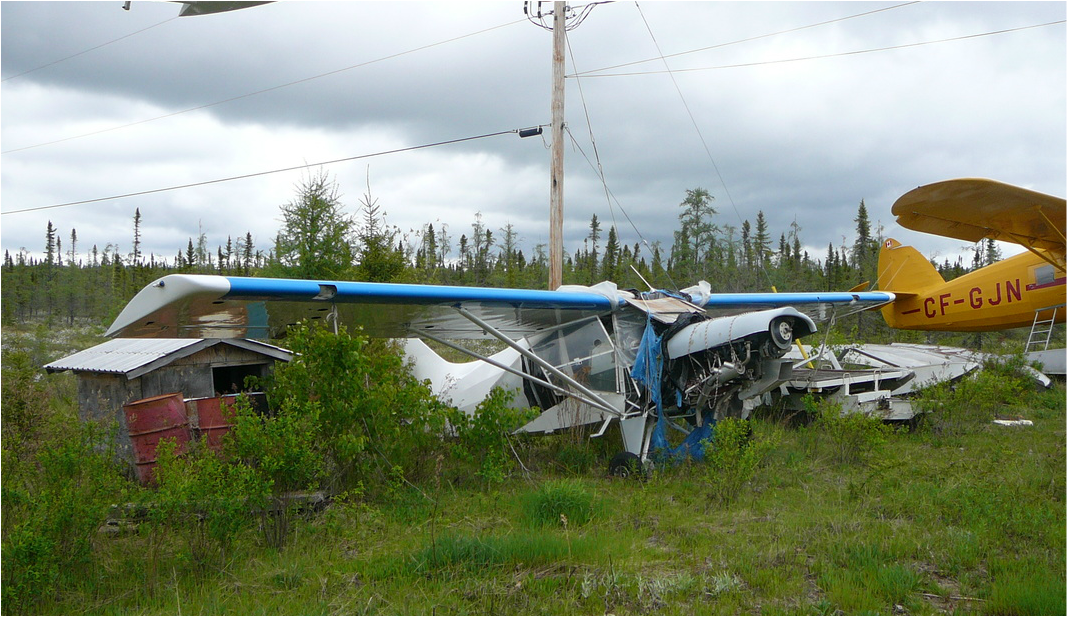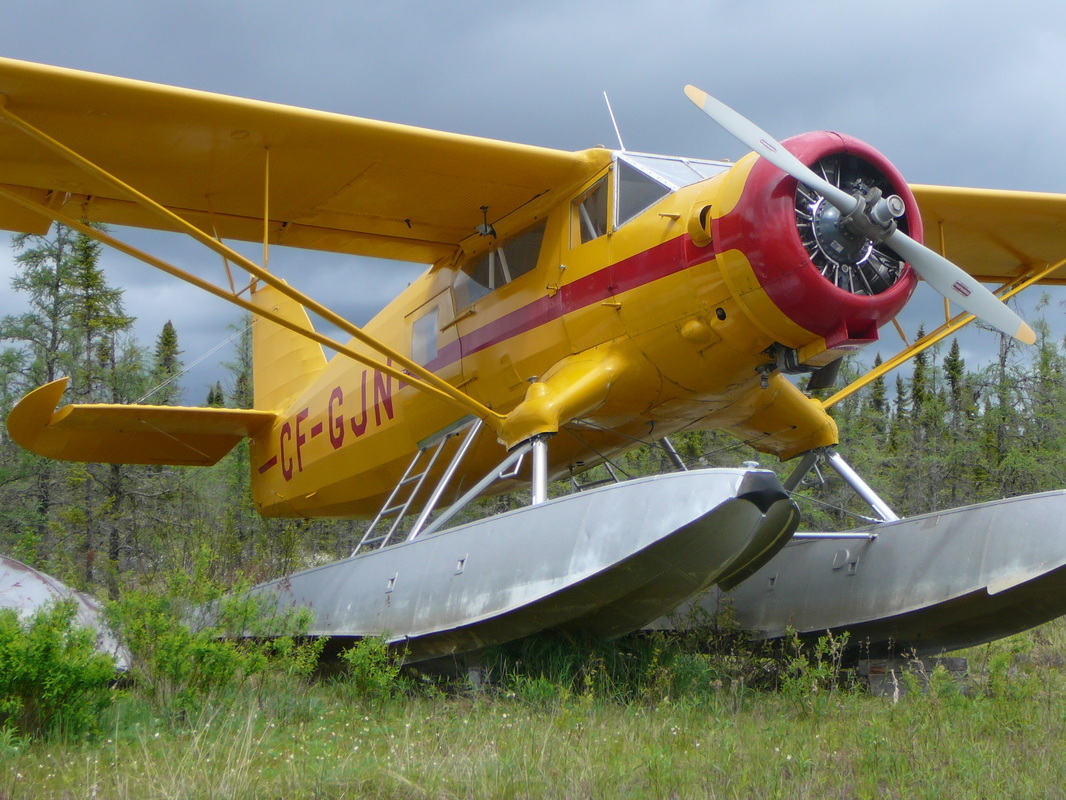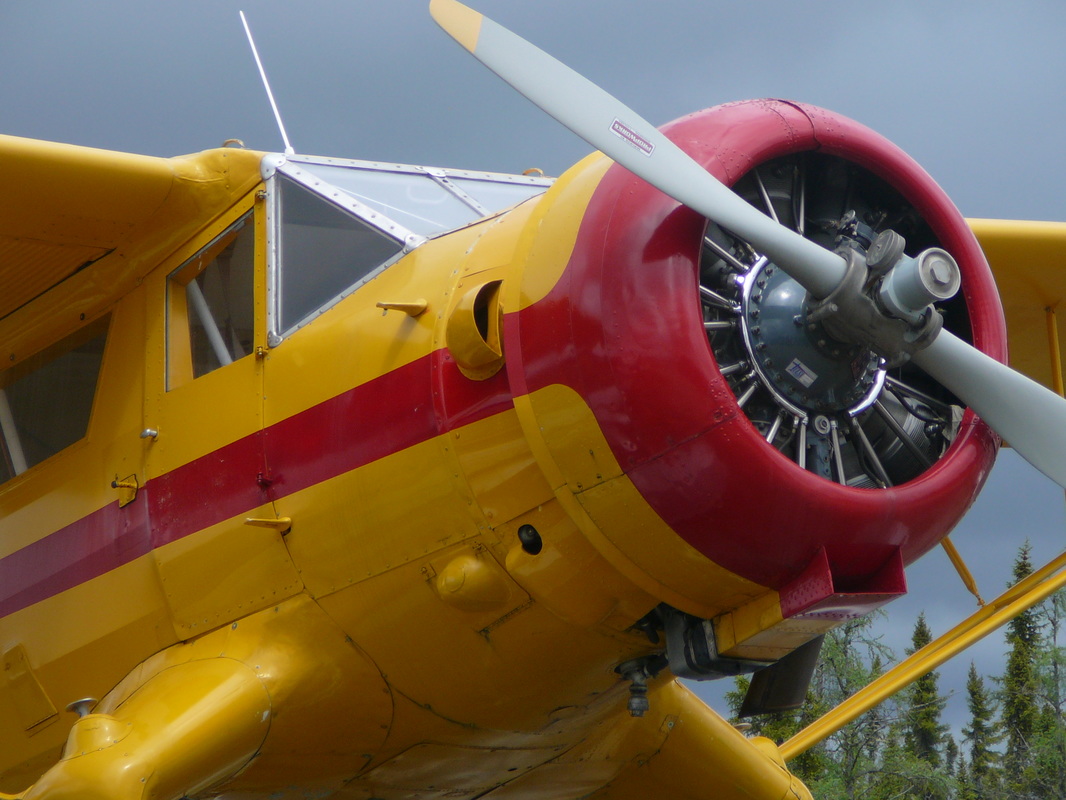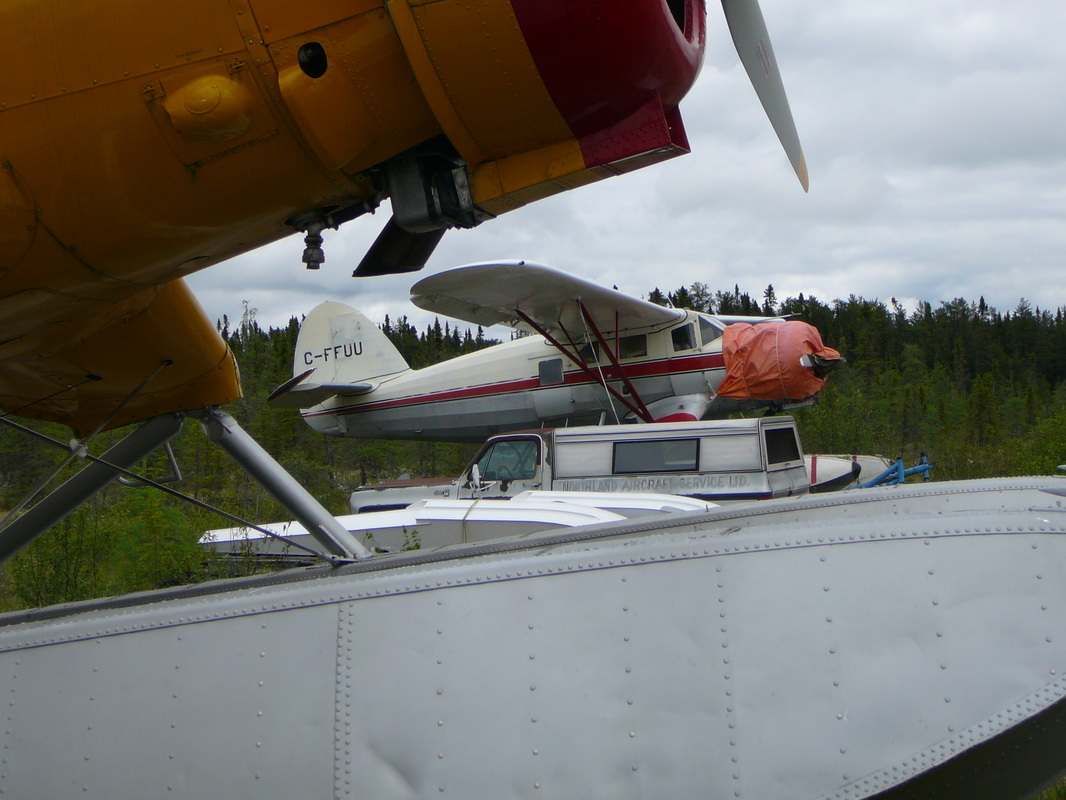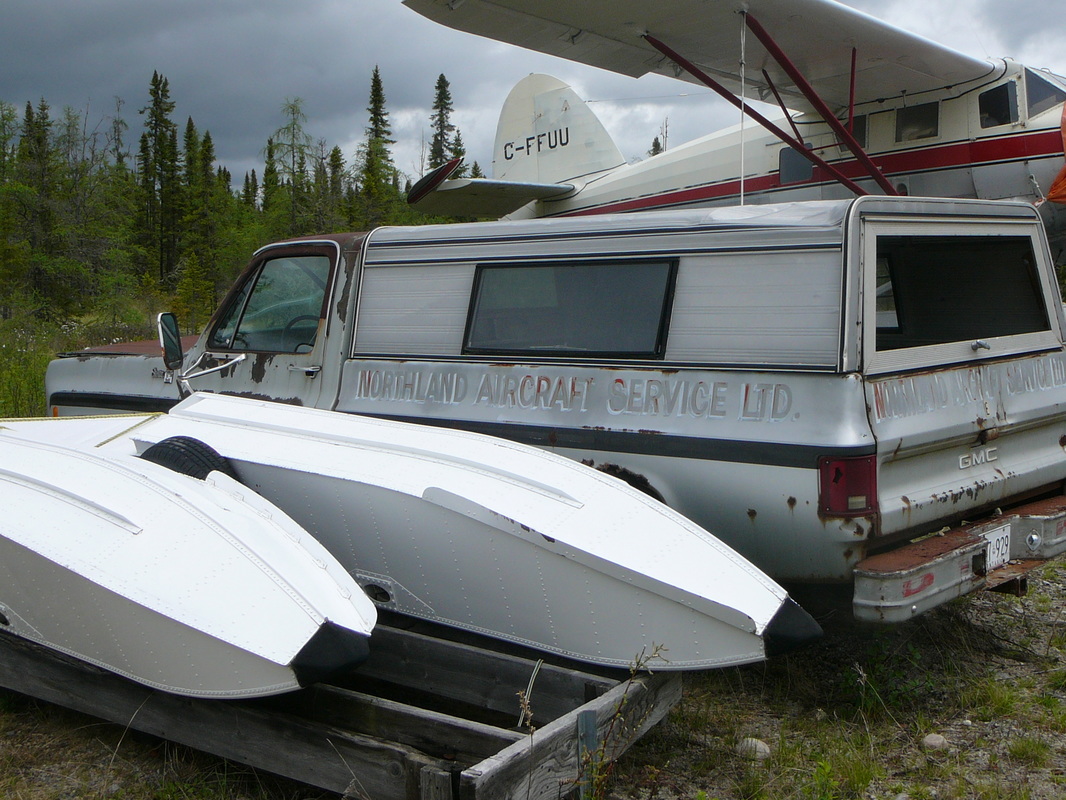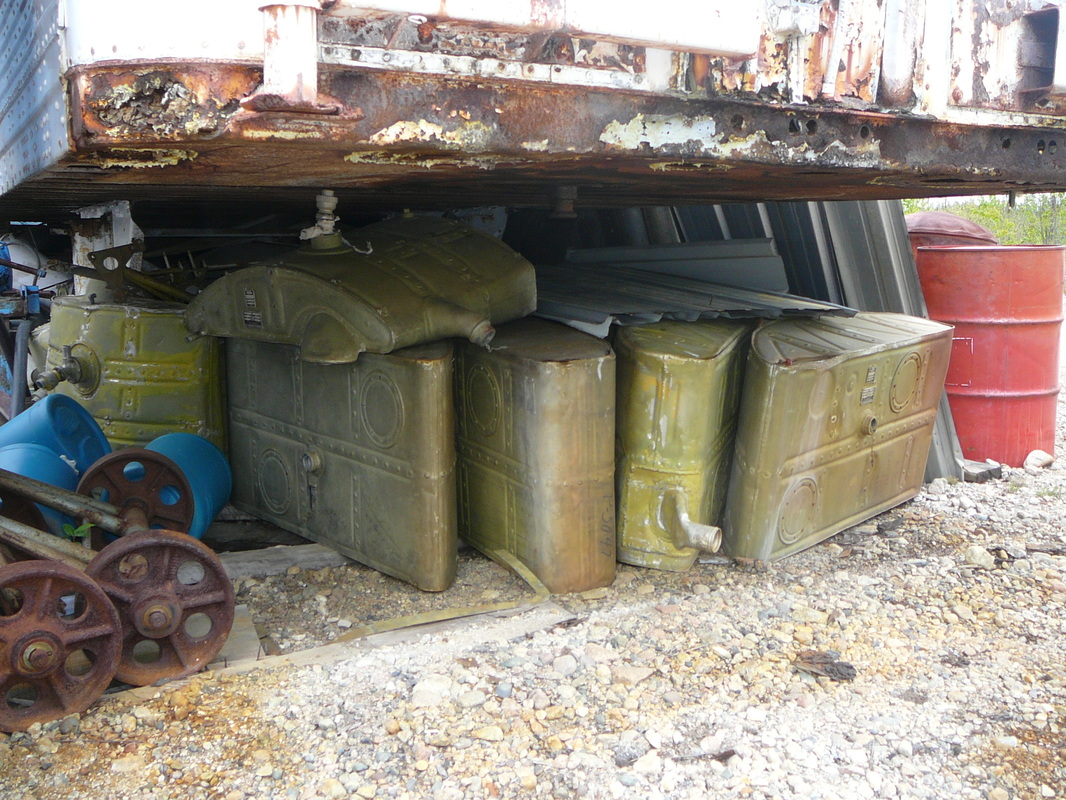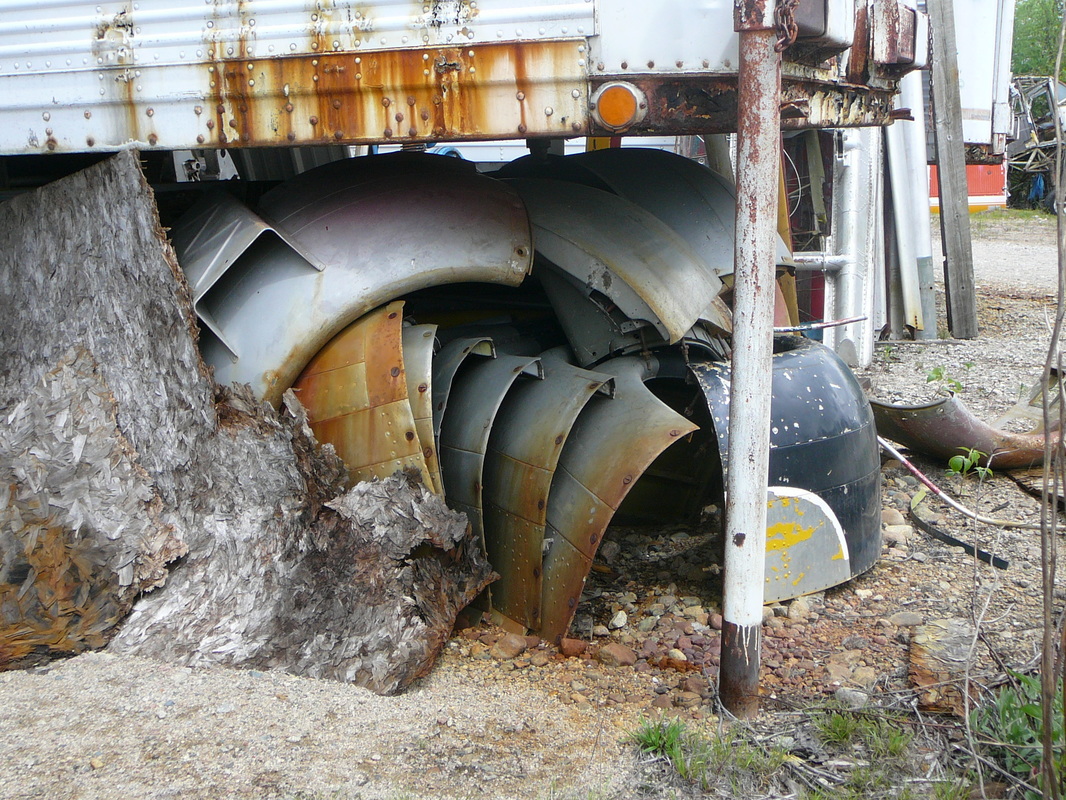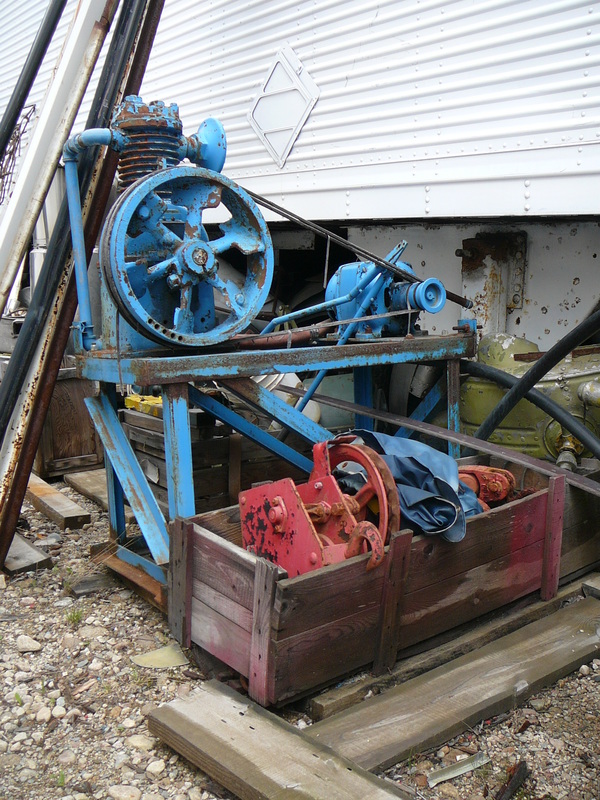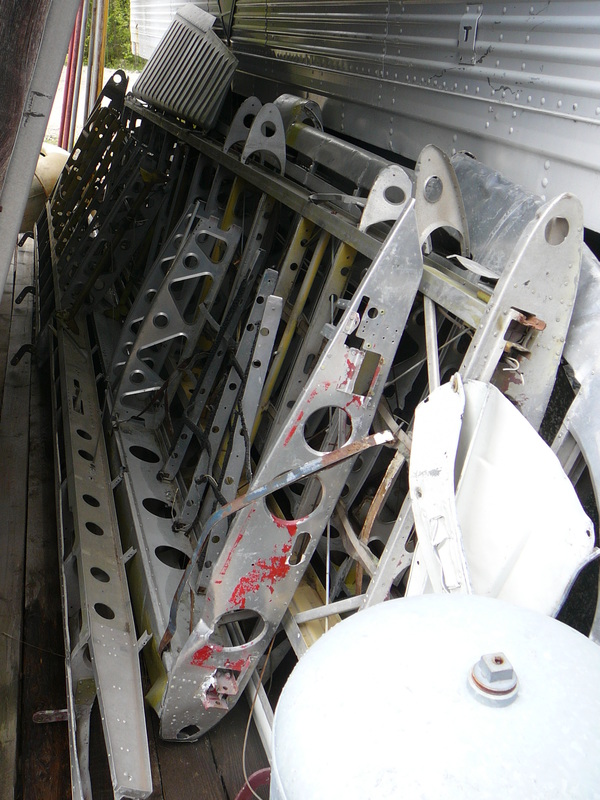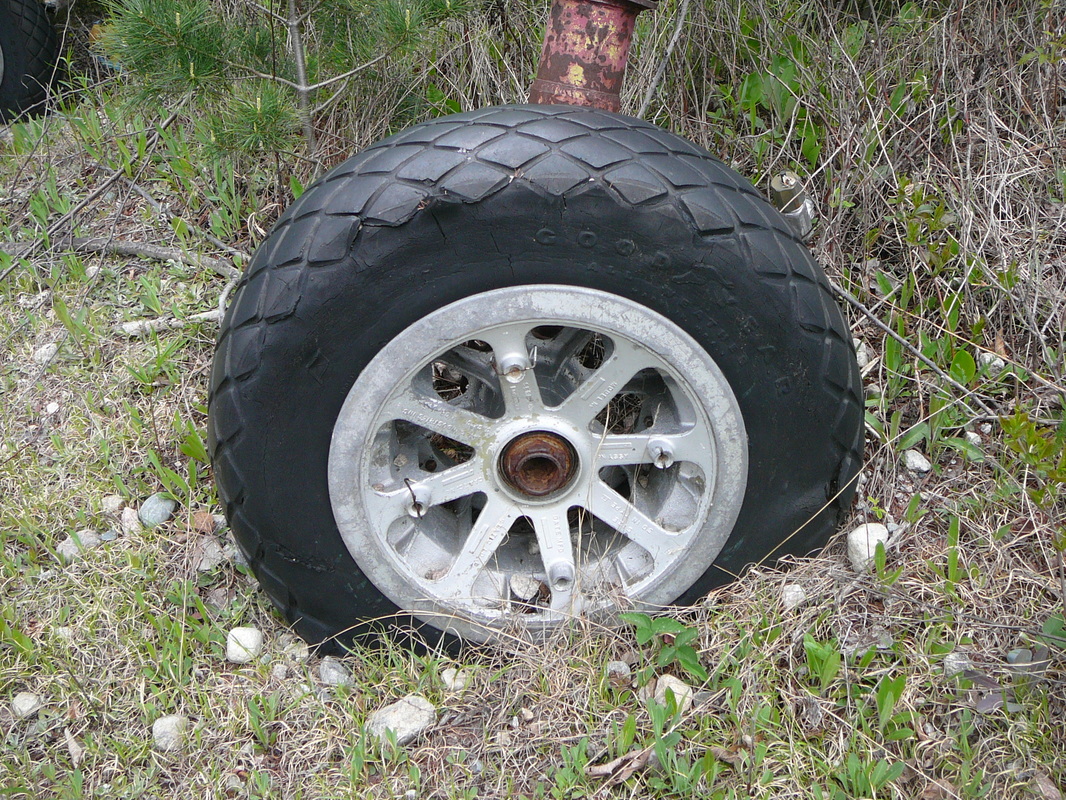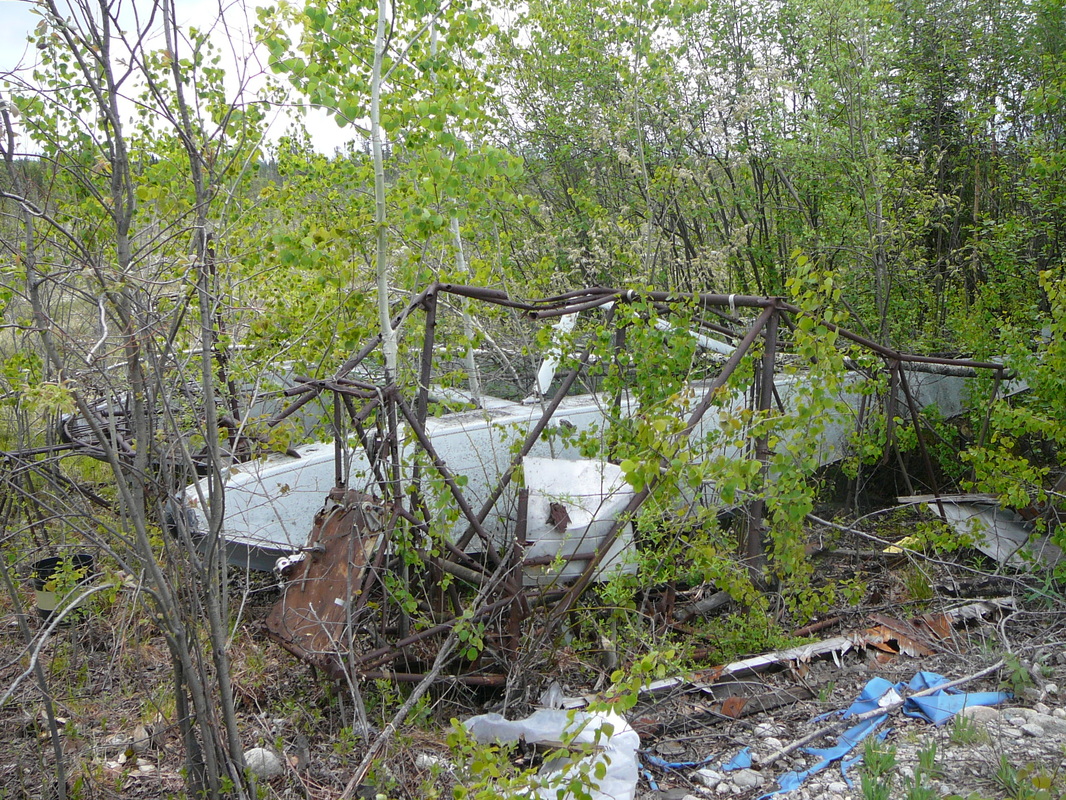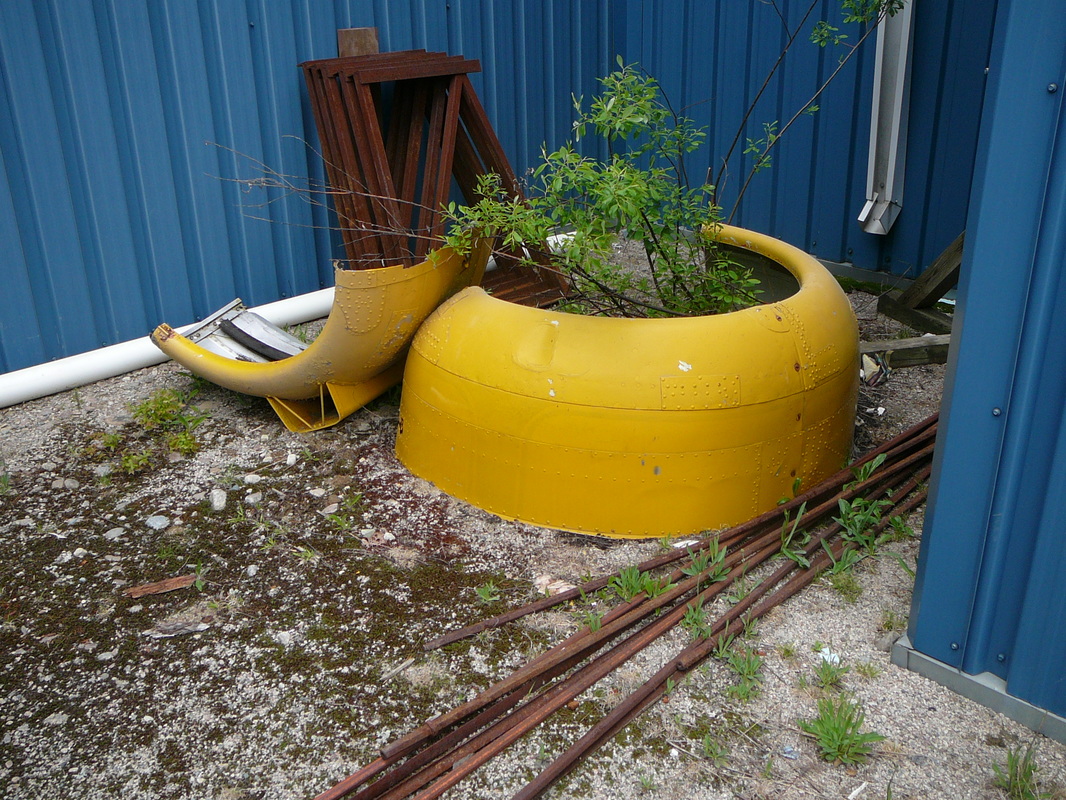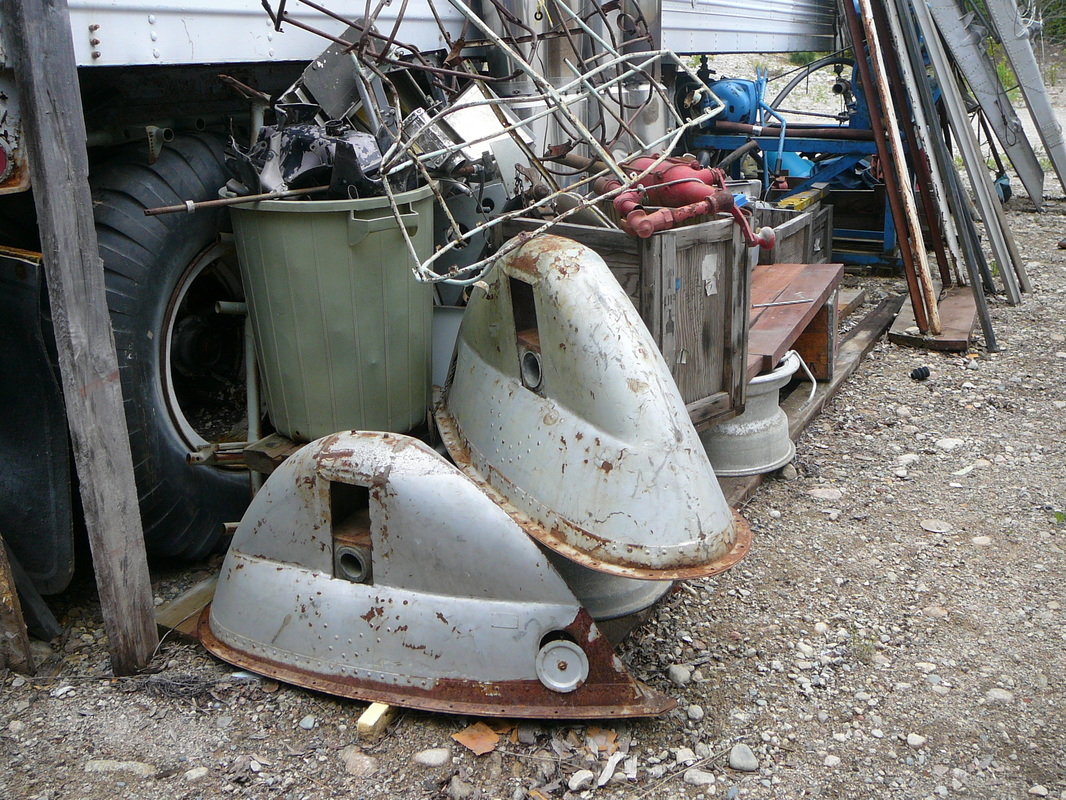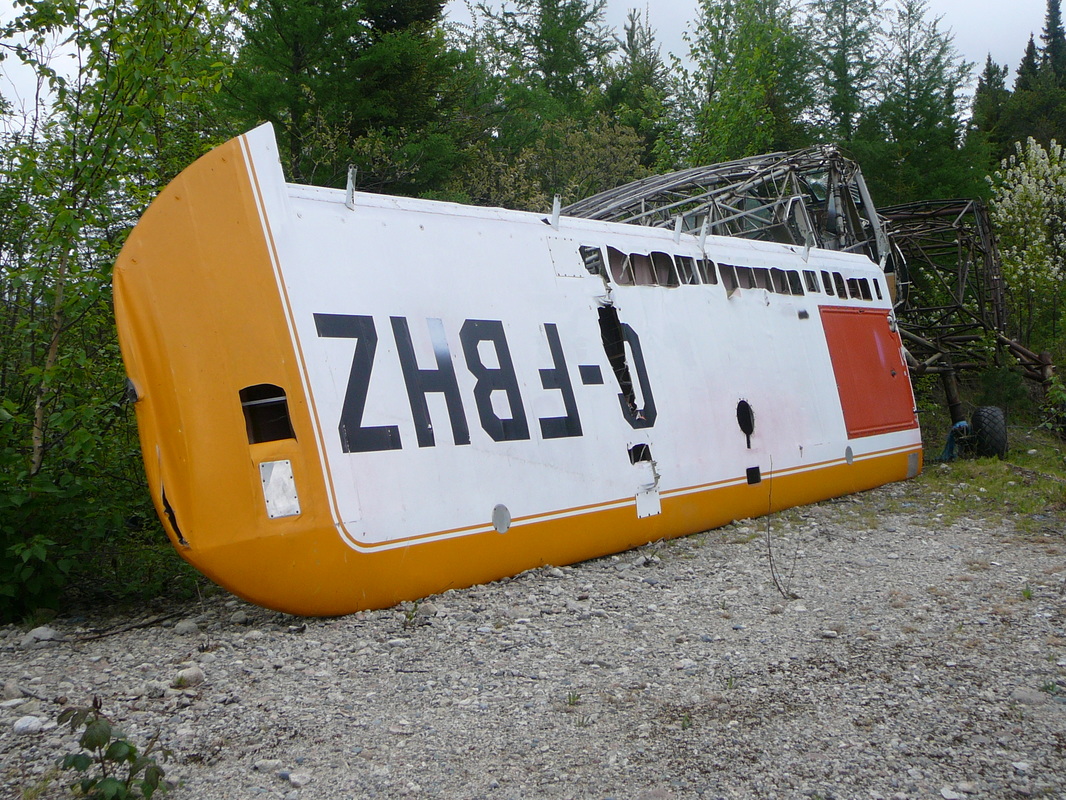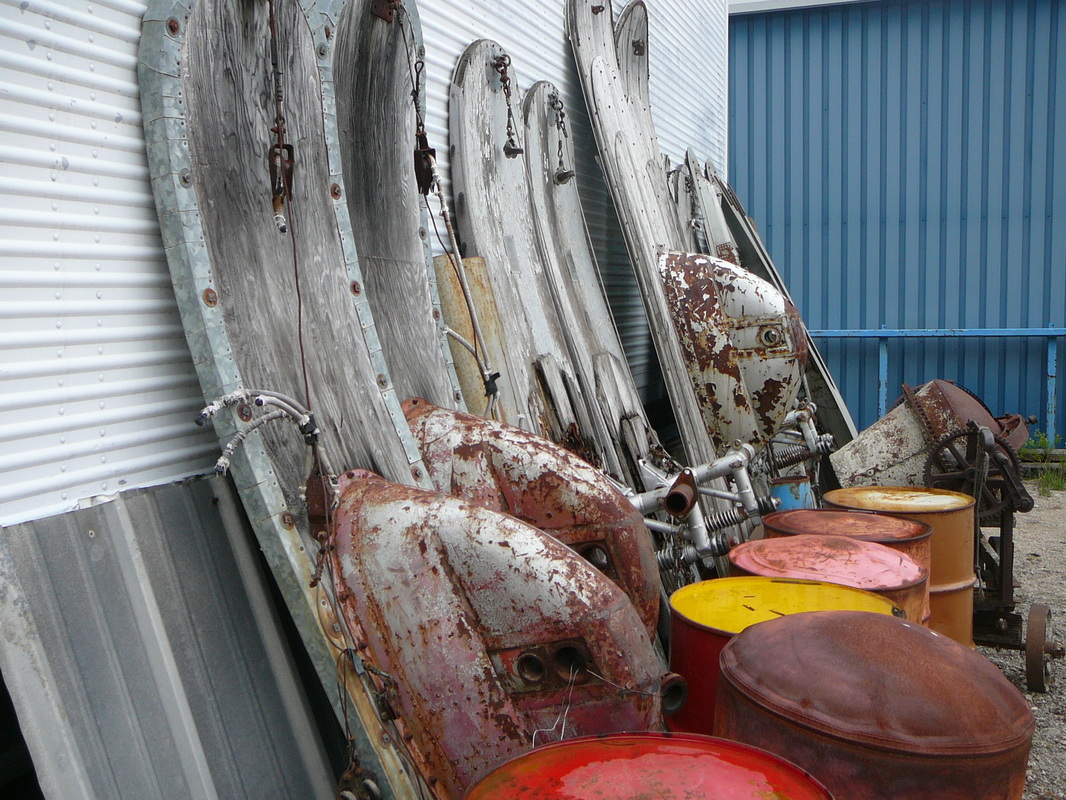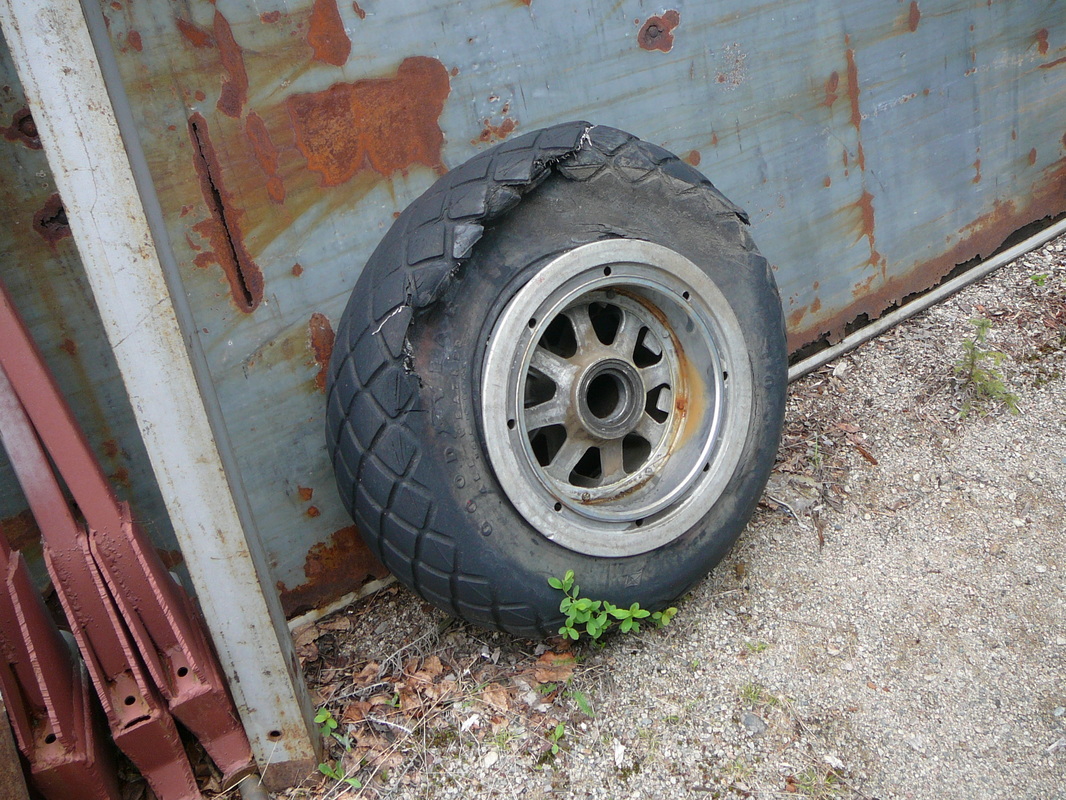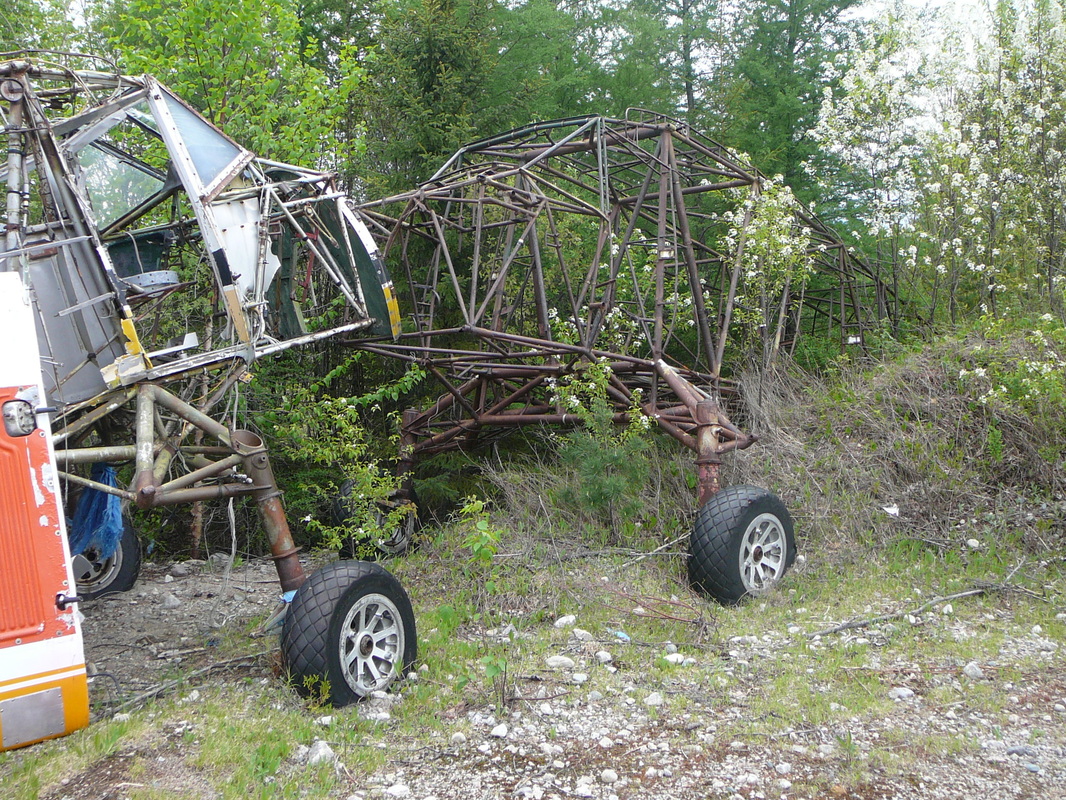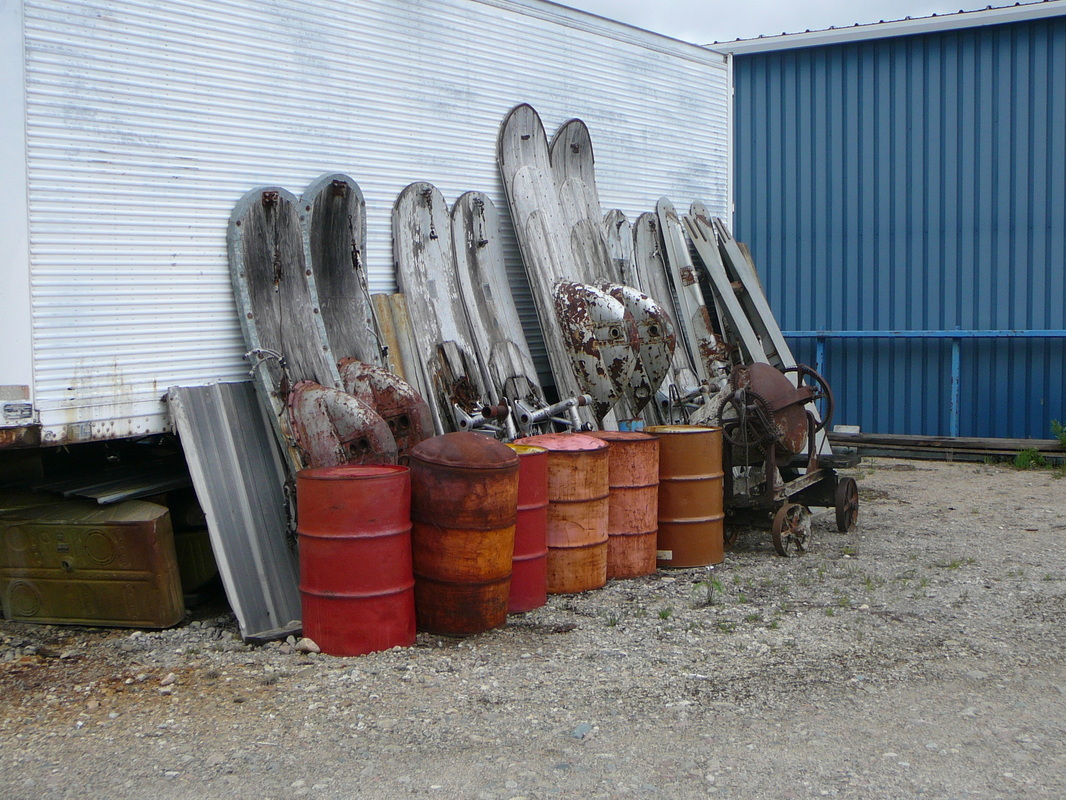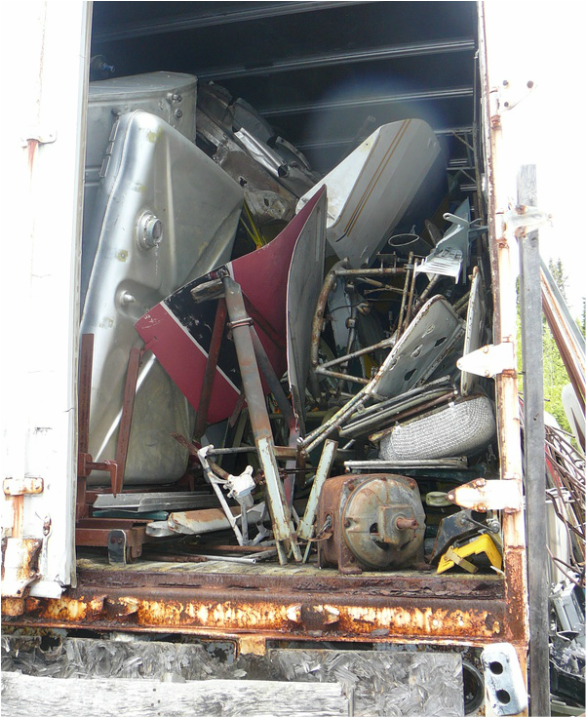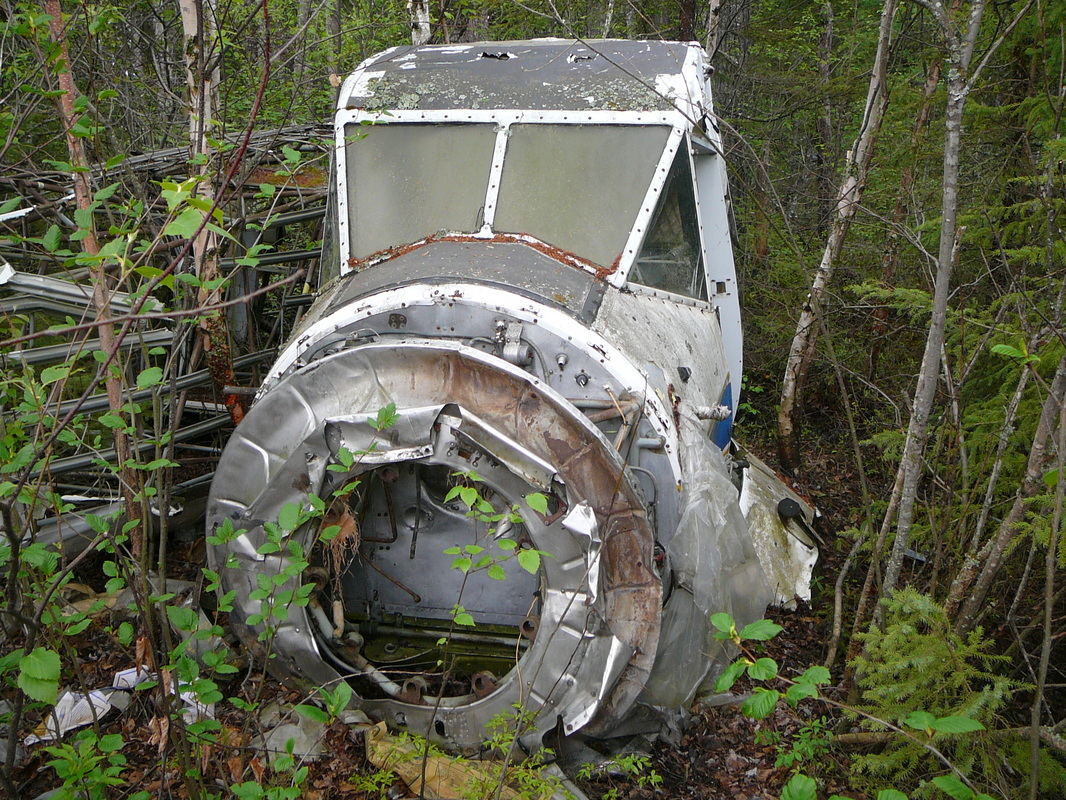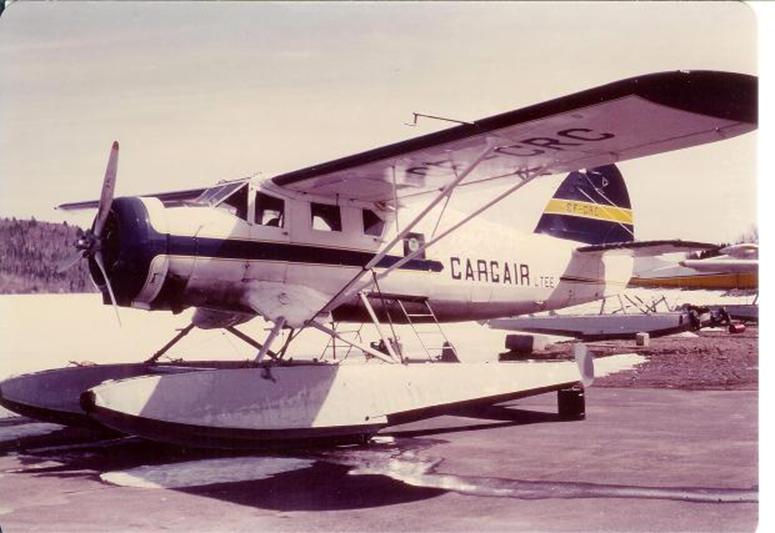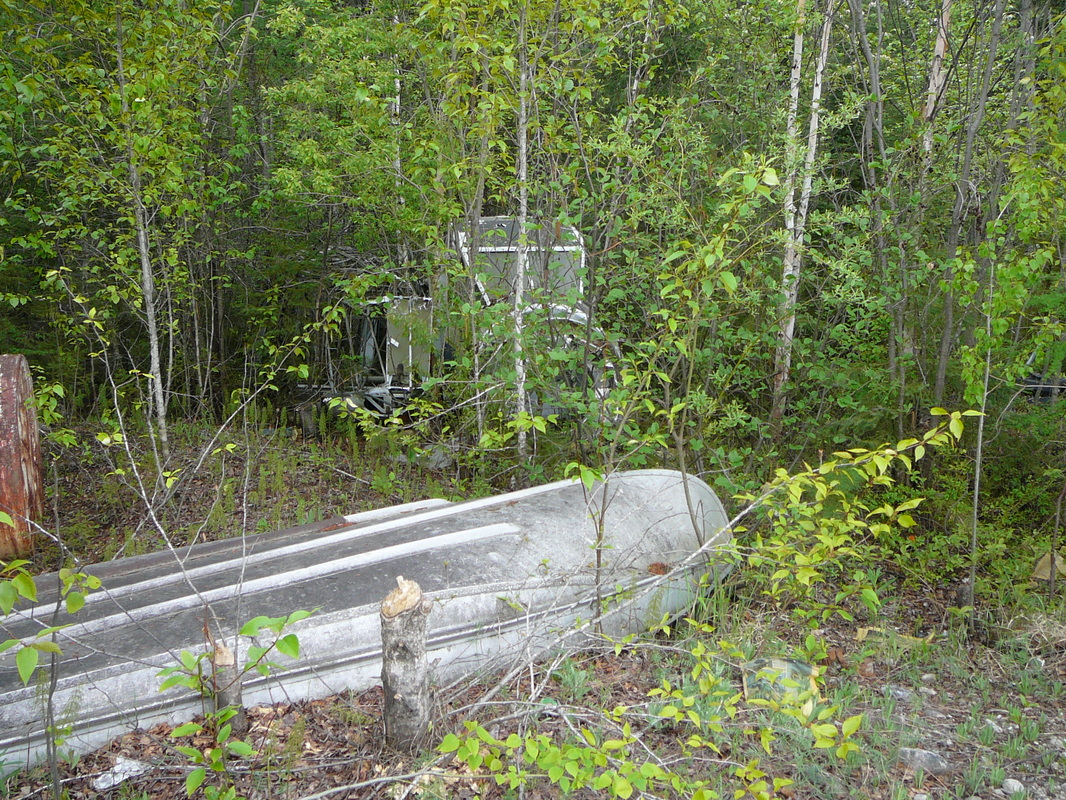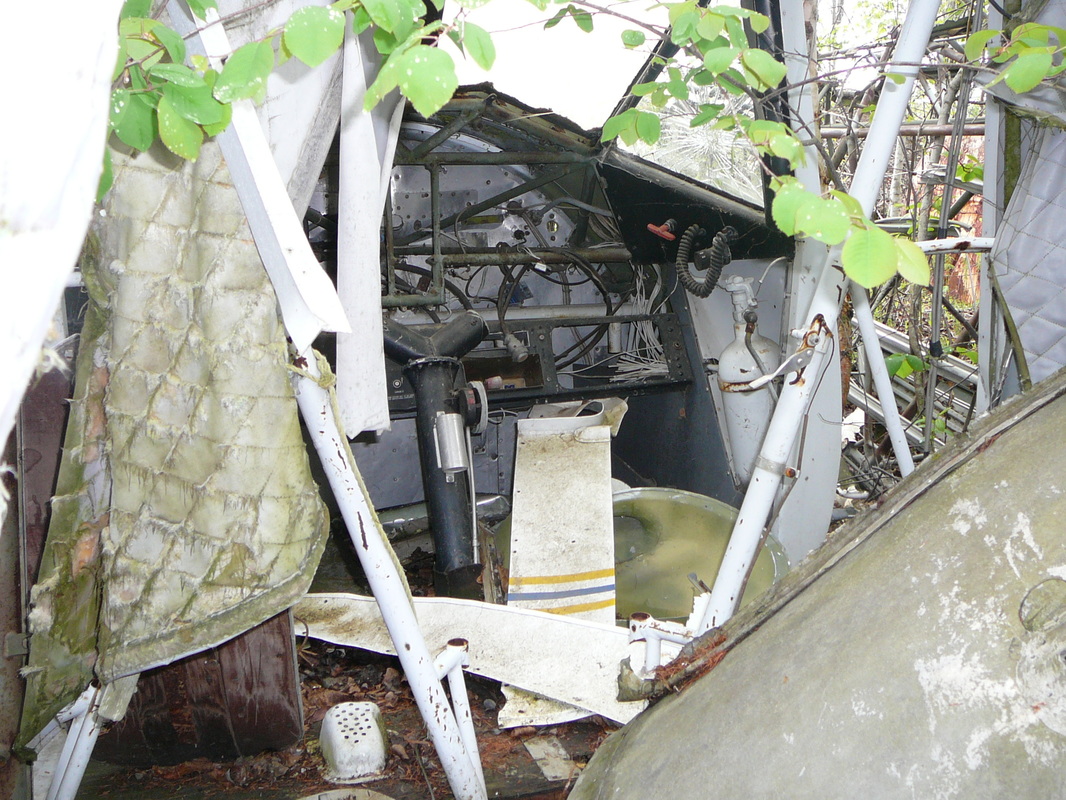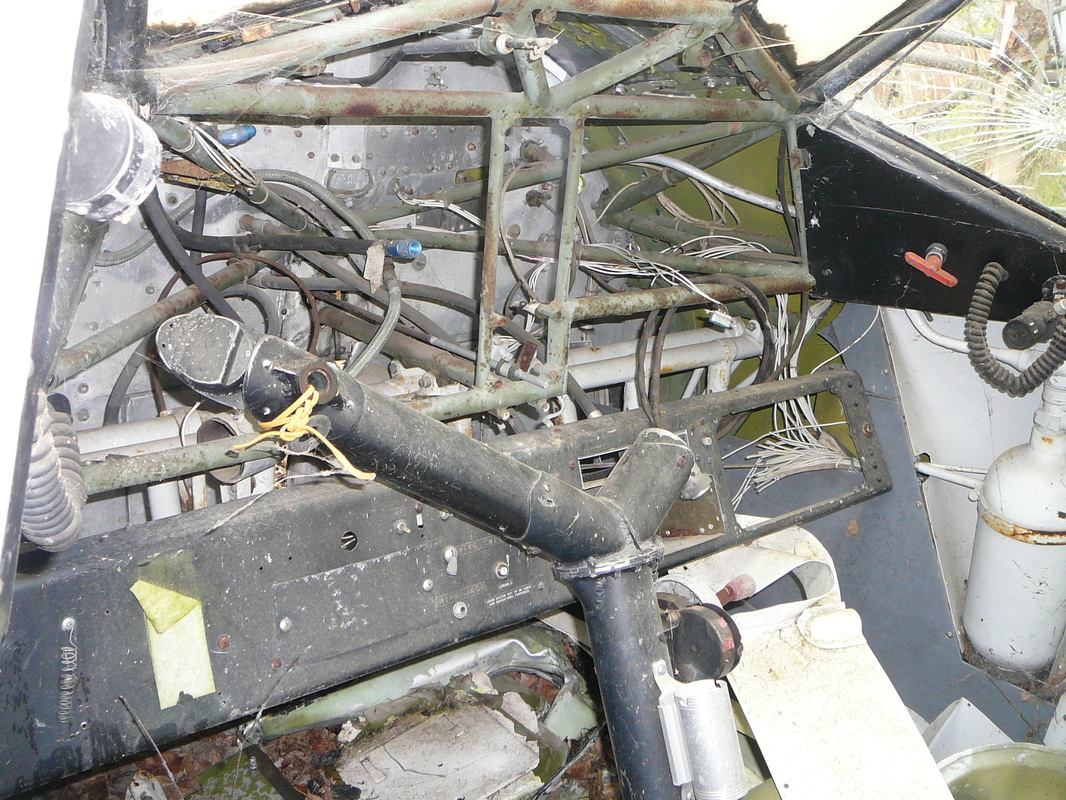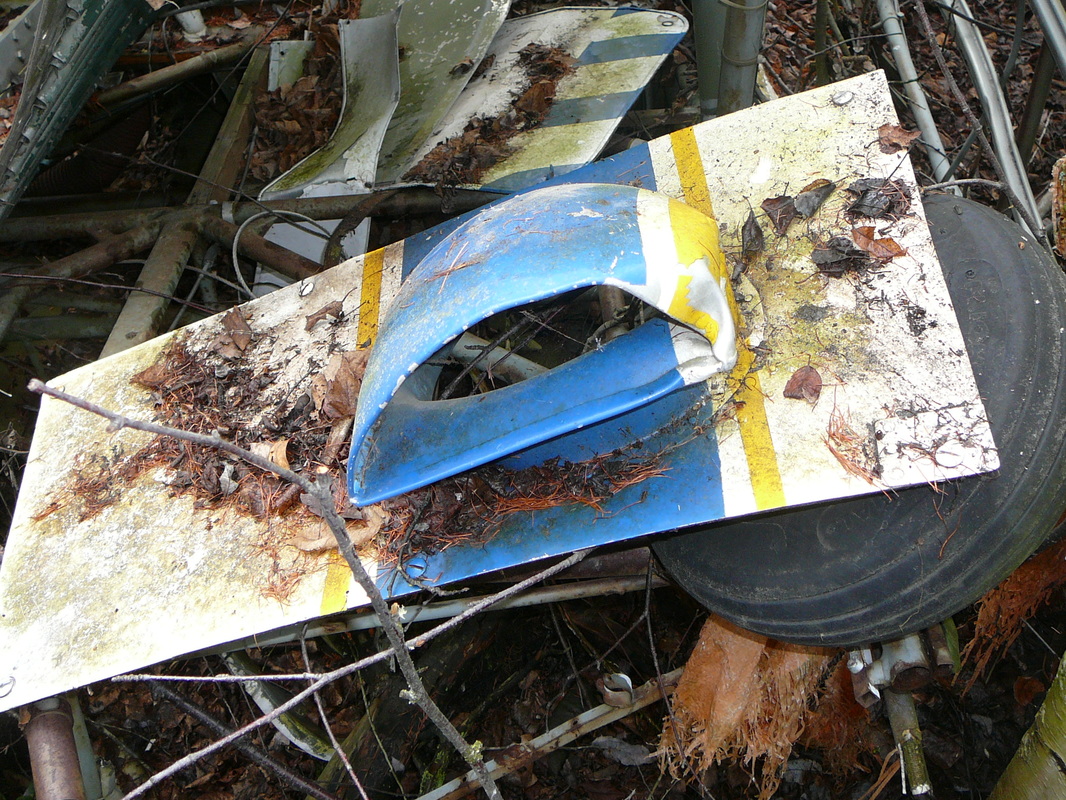Ignace
|
Ignace
Ignace is a township in Northwestern Ontario, Canada, located at the Trans Canada Highway and on the shore of Agimak Lake. The town was named afterIgnace Mentour. He was an key aboriginal guide in this region during the railway survey in the 1870’s. Lumbering and tourism support Ignace's economy, today. A Beechcraft Expeditor is on display downtown Ignace since 1994. The aircraft, without markings, was built from parts of three planes and erected here on false floats in 1995. The original plane (cn.CA-222) was built in 1952 and assigned to the Royal Canadian Air Force. Ignace Airways
Ignace Outposts Ltd. is a well run family business of Brad and Karen Greaves.They own and operate Ignace Airways, lodges on different remote lakes, offering package deals of single day or between four and seven day breaks for sport fishermen and hunters. According Brad, its more than just a business to them. They love the Canadian Wilderness! They operate a de Havilland Beaver and the famous de Havilland Otter. According Brad, his pilots are the best in the business. “Sometimes a weather delay is worth the wait just to be able to spend a little story swapping time with the legendary bush pilots at his base”.
|
|
"Come aboard the rugged Otter for a re-supply run to Ignace Air’s camps on Metionga Lake and then to Hilltop Lake”
|
Exterior inspection:
Starting at the cockpit door, port side, make the following checks: Cockpit and servicing points. Ignition and Master switches off. Fuel filler caps, oil tank access panel and hydraulic reservoir caps secured. Floats. Drain the compartments and check for damage. Power plant section. Check the propeller blades for nicks, governor unit for oil leaks. Cowls and fairings for damage and security. Carburetor and oil cooler intakes clear. Exhaust augmentor tubes for condition. Starboard wing. All hinges clear. Aileron trim tab neutral. Wing tip and navigation light assembly for dents or damage. Starboard fuselage side. Check fuselage side for dents or wrinkles. Underside for fuel leaks. Cabin access ladder stowed and secure. Cabin entrance door closed. Wing and fuselage aerials, lied-ins and loop housing for damage. Empennage. Check all hinges clear. Access panels secure. Tailplane incidence and rudder trim tab neutral. Control surfaces for wrinkles, dents and damage. Lower rudder hinge assembly (brackets, bolt and control rod) for condition. Servo-tabs for operation. Navigation light assembly for damage. Port fuselage side. Check fuselage side for damage or wrinkles. Underside for fuel leaks. Hand fire-extinguisher in rear cargo door secure. Cargo doors closed. Wing and fuselage aerials and lead-ins for damage. Port wing. Check all hinges clear. Aileron trim tab neutral. Wing tip and navigation light assembly for damage. Landing light assembly for damage. Pitot head removed. Before starting the engine: Fire guard posted and propeller area clear. Throttle - ¼ inch to ½ inch open. Hydromatic propeller - FULL INCREASE RPM. Mixture control - FULL RICH. Carburetor hot air control - COLD . Ignition switch – OFF. Have ground crew turn propeller over four revolutions to check for hydraulic lock. If ground crew is not available, check by starting the engine with ignition switch OFF through as least six blades and watch for tendency to stall during propeller rotation. If an hydraulic lock is suspected, do not attempt to clear by rocking the propeller eight manually or through the starter. Have the lower cylinders drained by removal of spark plugs. Starting engine: Propeller area – clear. Battery master switch – ON. Booster pump – ON. Prime cylinders; four or five strokes of the primer for a cold engine; zero to three strokes for a warm engine. Pull slowly to full charge; push rapidly to atomize the fuel. Booster pump – OFF. After priming make sure primer valve has been shut-off completely, or booster pump will inject raw fuel into cylinders. Ignition switch – BOTH. Energize starter with starter switch held to STARTER position until starter whine ceases to rise in pitch. Release switch. Simultaneously; hold clutch engagement switch to CLUTCH position, Ignition Booster switch to BOOST COIL until engine is firing evenly. As soon as engine fires, throttle back to about 500 to 800 rpm. Do not use throttle to catch a ‘dying’ engine. If oil pressure does not register on gage within 30 seconds stop engine and investigate. Engine warm-up: Start warm-up at 1000 rpm. After oil temperature has reached 40 degrees Celsius (100 dgr. F) adjust to smoothest engine speed between 1200 to 1400 rpm. Mixture control FULL RICH. Hydromatic propeller – Leave at FULL INCREASE RPM. Note never rush engine warm-up. Take-off: Adjust throttle, mixture and propeller friction controls to prevent creep. Open throttle smoothly to take-off power of 2250 rpm. With 35 inches Hg. manifold pressure. Counteract any tendency of aircraft to swing (usually to the left). Allow airplane to fly itself off the water at approximately 55 mph IAS. Reduce throttle (by approximately 2 inches Hg.) and rpm (approximately 50 rpm) when a save speed and height have been attained. Caution; - Never take-off with Lean Mixture. Take-off with Carburetor Heat only under severe carburetor icing conditions. There is no tendency of the properly loaded seaplane to porpoise, even in rough water. Note any tendency of the seaplane to porpoise on take-off is an indication that the airplane is loaded an appreciable amount aft of the rear CG limit. |
|
|
C-GZBR ‘Bravo-Romeo’, was photographed in a misty rain, adding shine to the immaculate white/yellow/black paint. This Beaver has various modifications such as a double set of rectangular window, to provide superb view for rear seat passengers. C-GZBR started its career with delivery in 1958 to the USAF. After her military career was over, she was stored at Davis Monthan AFB in Arizona until May 1975. After a short career in the US she was exported back to Canada in 1978 and was registered as C-GZBR of Ignace Airways Ltd., Ignace, Ontario in April 1988. |
|
Northland Aviation Service
Gordon Hughes is thé authority on the Norseman. His facility, Northland Aircraft Services, is approximately 10 kilometers west of the town Ignace. Gordon maintains the Norseman operators with service and parts. He has a full range of jigs and fixtures and he has original drawings of every type of Norseman. Besides that he also has a good stock of spare parts. His expertise and knowledge of the Norseman is unsurpassed. Lately, Gordon is often consulted by the Dutch Aviadrome museum which was rebuilding a Norseman to flying status. Outside: CF-JEC Noorduyn Norseman CF-GJN Noorduyn Norseman C-FFUU Noorduyn Norseman No reg. Noorduyn Norseman no wings (ex N1121B) No reg. Noorduyn Norseman frame only (ex CF-HAU) No reg. Noorduyn Norseman wrecked frame only No reg. Noorduyn Norseman frame only (ex CF-FCU) No reg. Noorduyn Norseman (ex CF-CRC) C-FBHZ Noorduyn Norseman wings only. Hangar: CF-DTL Noorduyn Norseman No reg. Noorduyn Norseman frame only (ex SE-ATA) C-GMAU DHC-2 C-GPXL Piper 18 private C-GGDN Cessna 182J private C-GJSN Christavia Mk.I private |
|
|
CF-DTL Gordon’s private Norseman CF-DTL was build for the RCAF in May 1941. After her service with the military she was sold and unfortunately damaged on Sep. 9, 1965. The Norseman hit some rocks and sank during takeoff on the Moosonee River. Fortunately she was salvaged and repaired. From May 1984 ‘Tango-Lima’ has been registered to Gordon Hughes and is still operational. |
|
SE-ATA
Hardly recognizable in a corner of Gordon’s hangar we found the frame of SE-ATA. This frame was delivered to the USAAF in 1945 and shipped to the 8th Air Force in war torn Europe. After the war she showed up in Sweden, registered SE-ATA. In August 1948 she was involved in an accident in Vänersborg harbour. When attempting to avoid a motor boat whilst landing, the Norseman collided with a waterbuoy resulting in loss of L/H float whereafter she totally submerged and deemed to be total written off, beyond economic repair. Fortunately this was not the case and she was rebuild. Fate struck again when she broke through ice at Teusajaure, Sweden on May 26, 1959. Another accident occured in 1968 when during type rating the student stalled the aircraft when attempting a dead stick descent resulting in a hard impact on water, a double bounce and a looping. The plane subsequently sank but again was salvaged. Somehow the airframe was shipped back to Canada and showed up with Northland Aircraft Service Ltd. |
|
C-GMAU The history of this DHC-2 Beaver Mk.1 reads as follows; - Delivered in 1958 to the US Air Army. During the mid ‘70s her military career was over. Her civilian career started in the US but she was exported to Canada in 1977. Subsequently registered as C-GMAU she served several Canadian bush plane operators. Osnaburgh Airways Ltd from Pickle Lake purchased it in 1986 and is still the present owner. Note ’Alfa-Uniform’ still has the original ventral fin. |
|
N1121B First one in row and missing her wings and Pratt & Whitney R-1340 is N1121B. She came of the line in 1945 and went to war immediately. At the conclusion of the war, she was decommissioned and sold into private hands. She even operated for the well known Transocean Airlines of Oakland, California. In April 1989 she was registered to Ray Zitzloff of Wayzata, Minnesota as N1121B. |
|
CF-JEC CF-JEC was built for the USAAF in 1944 and after the war she was diverted to the U.S. Forest Service. After imported back into Canada she was damaged at Sioux Lookout, Ontario in October 1959. During landing with snow squalls and gusty wind, the aircraft bounced twice. Power was applied to recover but the left wing dropped and the wing and float hit the water. She came to rest in a vertical nose down position. Fortunately this sturdy Norseman was salvaged and repaired. The 1964 register shows she owned by well known Northwestern Flying Services, Nestor Falls, Ontario. A couple of years later her fuselage was being metalized. Presently she is stored in good condition next to Gordon’s hangar. |
|
|
CF-GJN CF-GJN was delivered to the USAAF in February 1945. After the war this Norseman was disposed by the military as surplus and soon afterwards her civilian career started. On May 14, 1981, while the aircraft was being flown on a ferry permit to Selkirk, Manitoba for C of A renewal, her Pratt & Whitney R-1340 failed shortly after takeoff near Libau, Manitoba and a forced landing attempted on a fallow field. Floats struck an elevated road on approach and the float brackets failed. ‘Julliet-November’ came to rest on it’s right wing and left float. Failure was blamed on fuel starvation due to a blockage caused by corrosion in the fuel selector valve. Inspection revealed numerous discrepancies which rendered the aircraft unfit for flight. It was reported that she was donated to the Western Canada Aviation Museum, Winnipeg, Manitoba but we found her in the line-up at Gordon’s facility. |
|
C-FFUU Powered by a mighty Pratt & Whitney R-1340 C-FFUU was manufactured for the Royal Canadian Air Force in 1942 . She was sold as war surplus and spend much of her lifetime with various bush plane operators in Canada, registered as CF-FUU. Her present owner seems to be the Birch Lake Lodge company. |
|
CF-HAU The frame on the left side belongs to Norseman CF-HAU which was delivered to the USAAF in 1944. Sold as war surplus she found her way to civilian market. On May 4, 1979 the aircraft cart wheeled on takeoff and came to rest inverted. After the salvage the remains were transported to Gordon’s Northland Aircraft Service Ltd. |
|
CF-BHZ During our visit we stumbled across the wing of CF-BHZ. The airframe of this wing was registered to Canadian Pacific Airlines as CF-BHZ in 1946. She suffered substantial damage at Harrison Lake, BC on July 27, 1961 when a float broke off during the takeoff run. The aircraft was salvaged, repaired and became operational again. In the summer of 2008 it suffered again substantial damage in a forced landing due to engine failure immediately after take off. The aircraft was salvaged for possible re-build but its seems only the wing remained. |
|
CF-CFU The other Norseman frame on wheels belonged to CF-CFU. At the end of the WOII this Norseman was sold to the USAAF. Already in October 1945 she was made ready for disposal as surplus. In 1956 it was registered to the well known Rusty Myers Flying Service of Fort Frances. Its C of A expired in 1974 and the airframe showed up at Gordon Hughes facility in Ignace, Ontario. |
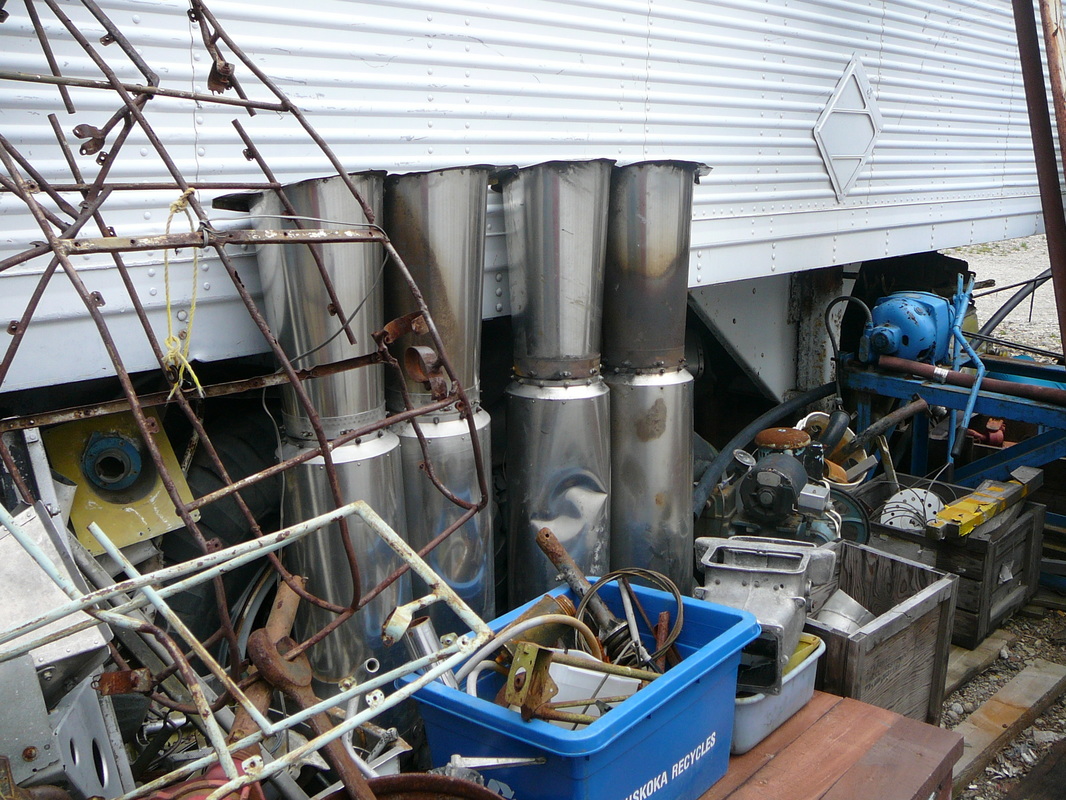
The two sets of exhaust augmentor tubes of a DHC-3 Otter. On an operational DHC-3 Otter these tubes are located on both sides of the Otter fuselage, just below the cockpit door, are a special design feature of the aircraft. In these four exhaust augmentor tubes, the exhaust gases produce suction strong enough to pull cooling air around the engine and from behind the engine accessories compartment while at the same time providing a measurable amount of thrust in cruising flight. The engine is thus effectively cooled during steep climbs when the forward air speed is low and engine output near its maximum
|
Norseman wreck. CF-CRC has been registered to the RCAF 1940. It served with Training Command until being put into Reserve Storage in 1945. She was transferred to War Assets Corporation for disposal in January 1946. She soon was sold and logged many hours for the famous Canadian Pacific Airlines. 1986 it crashed into trees during flight in poor weather in Lake Murray, Quebec. She was salvaged and the remains were stored in the backyard of Gordon’s premises. As the photo shows she in hopeless condition. |
